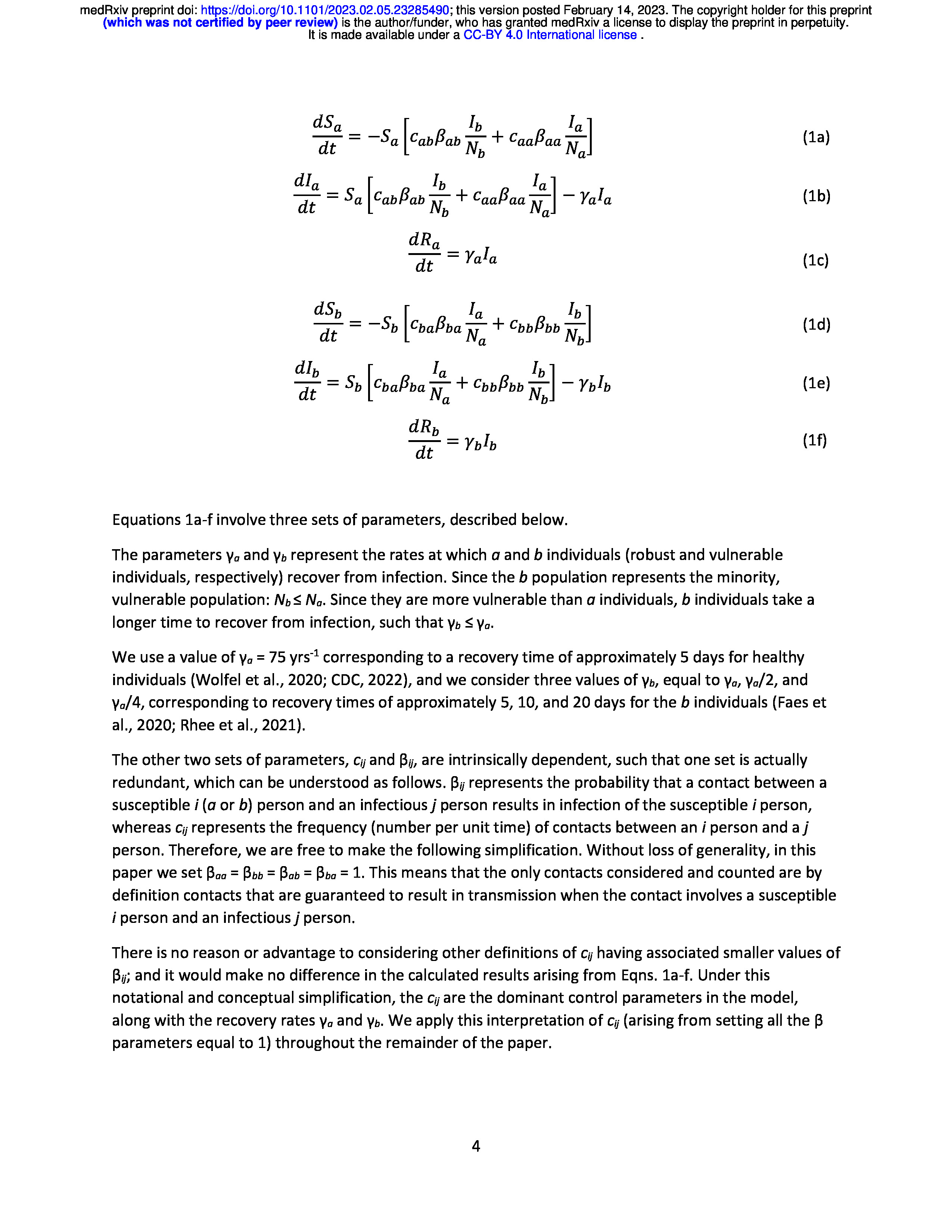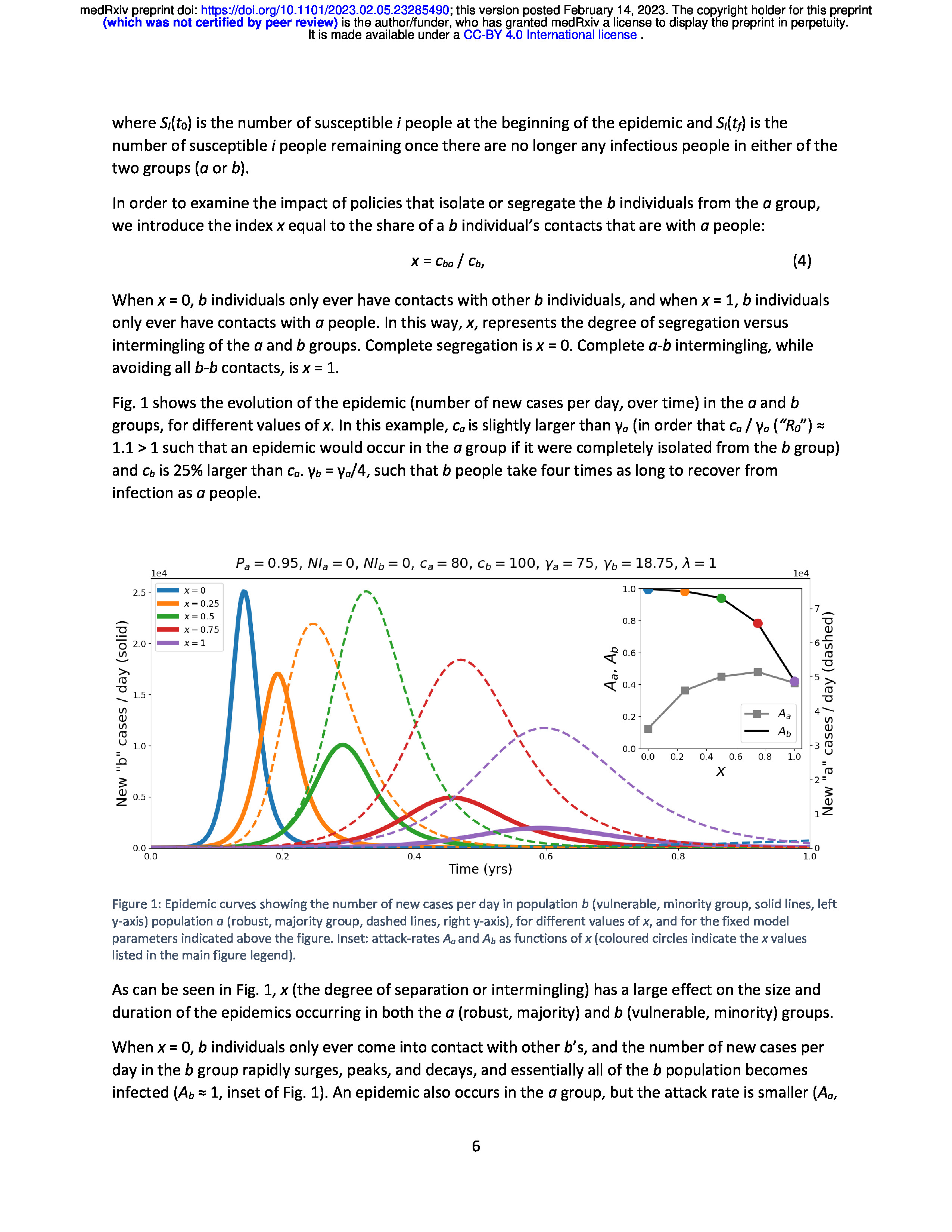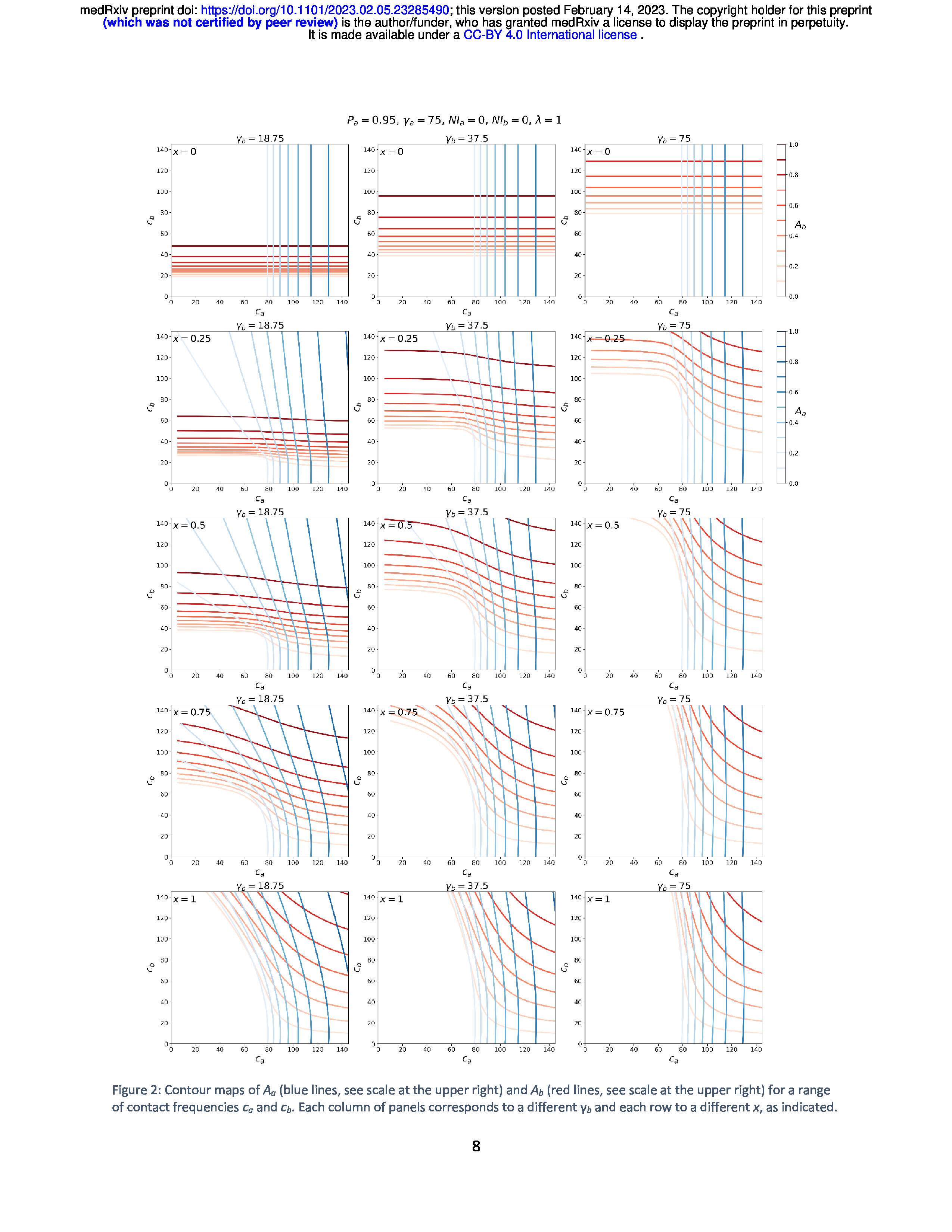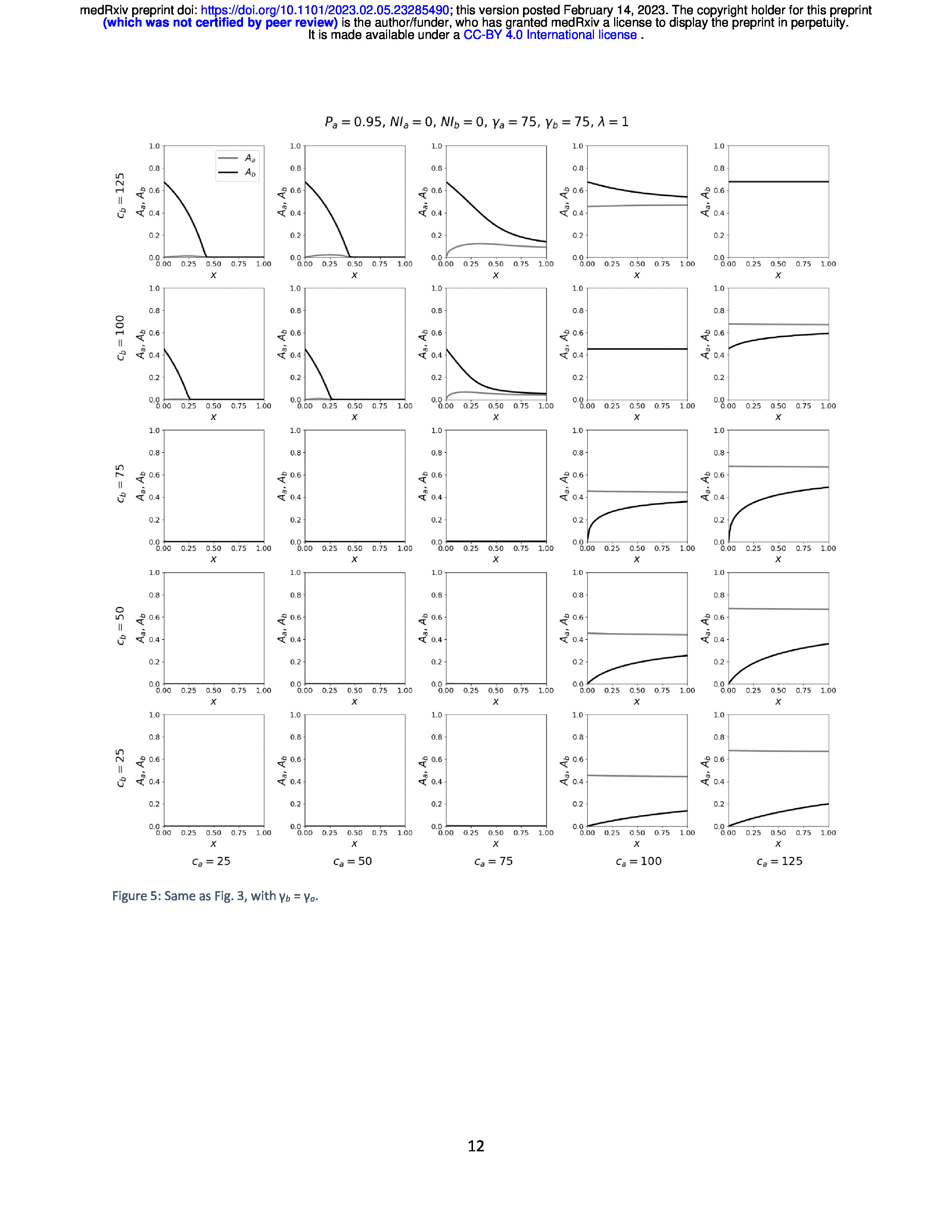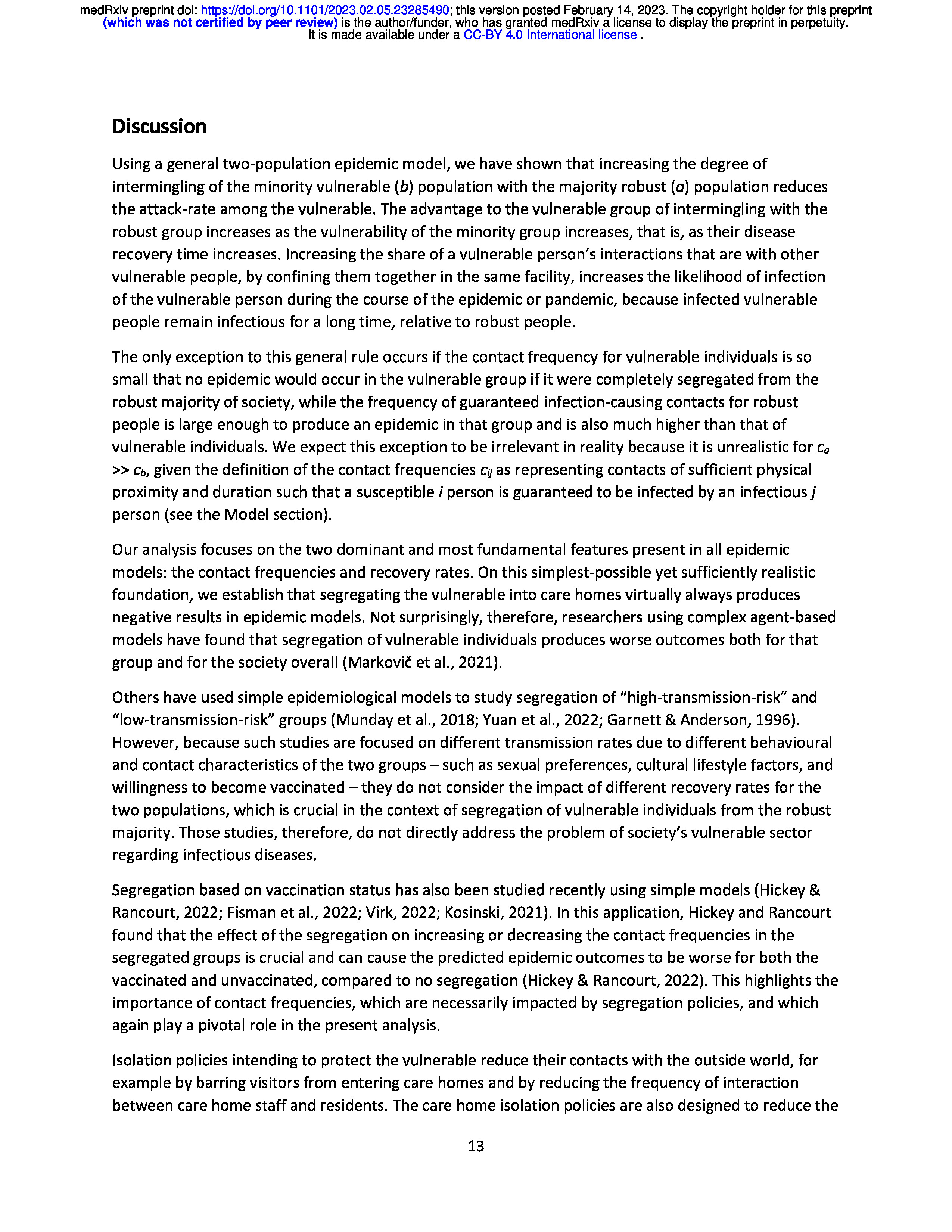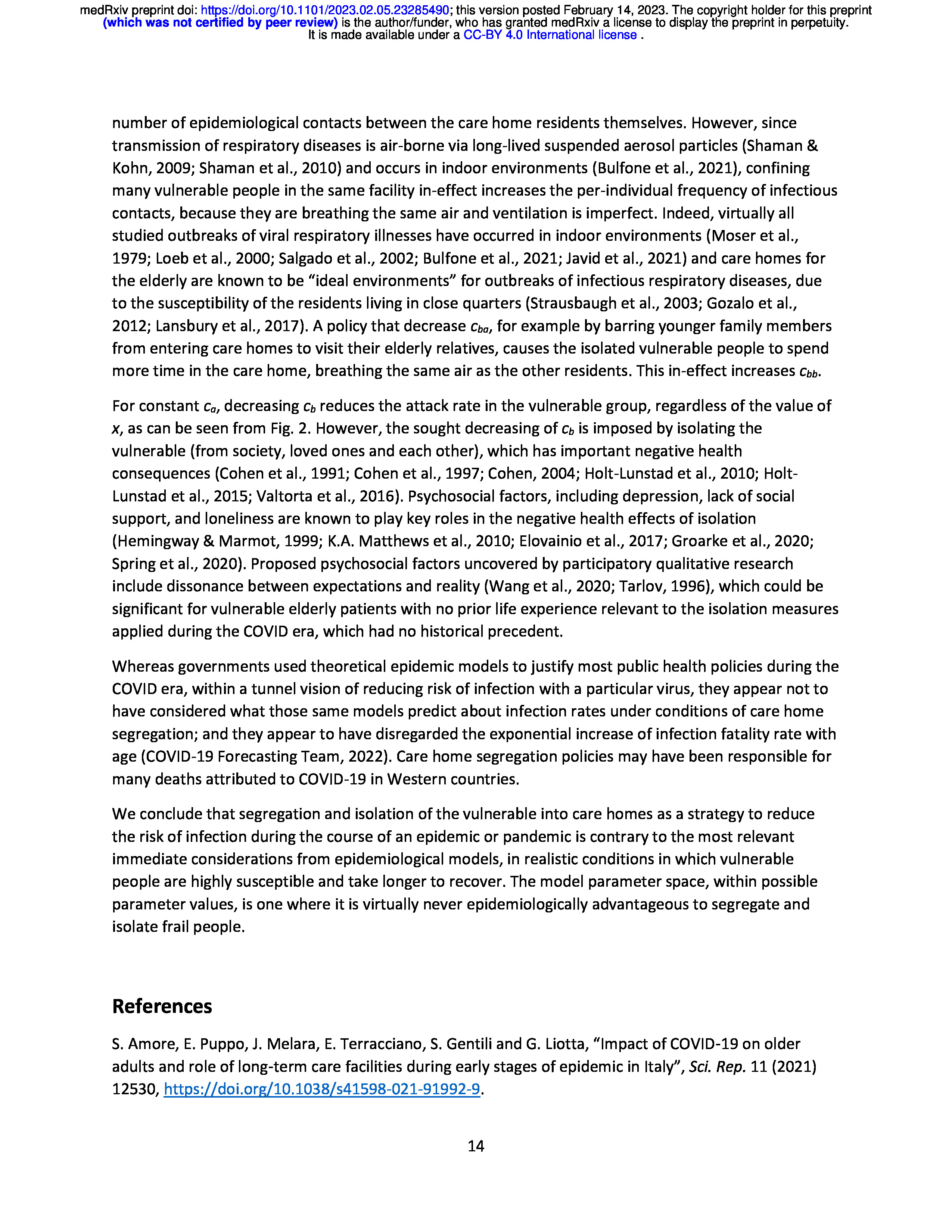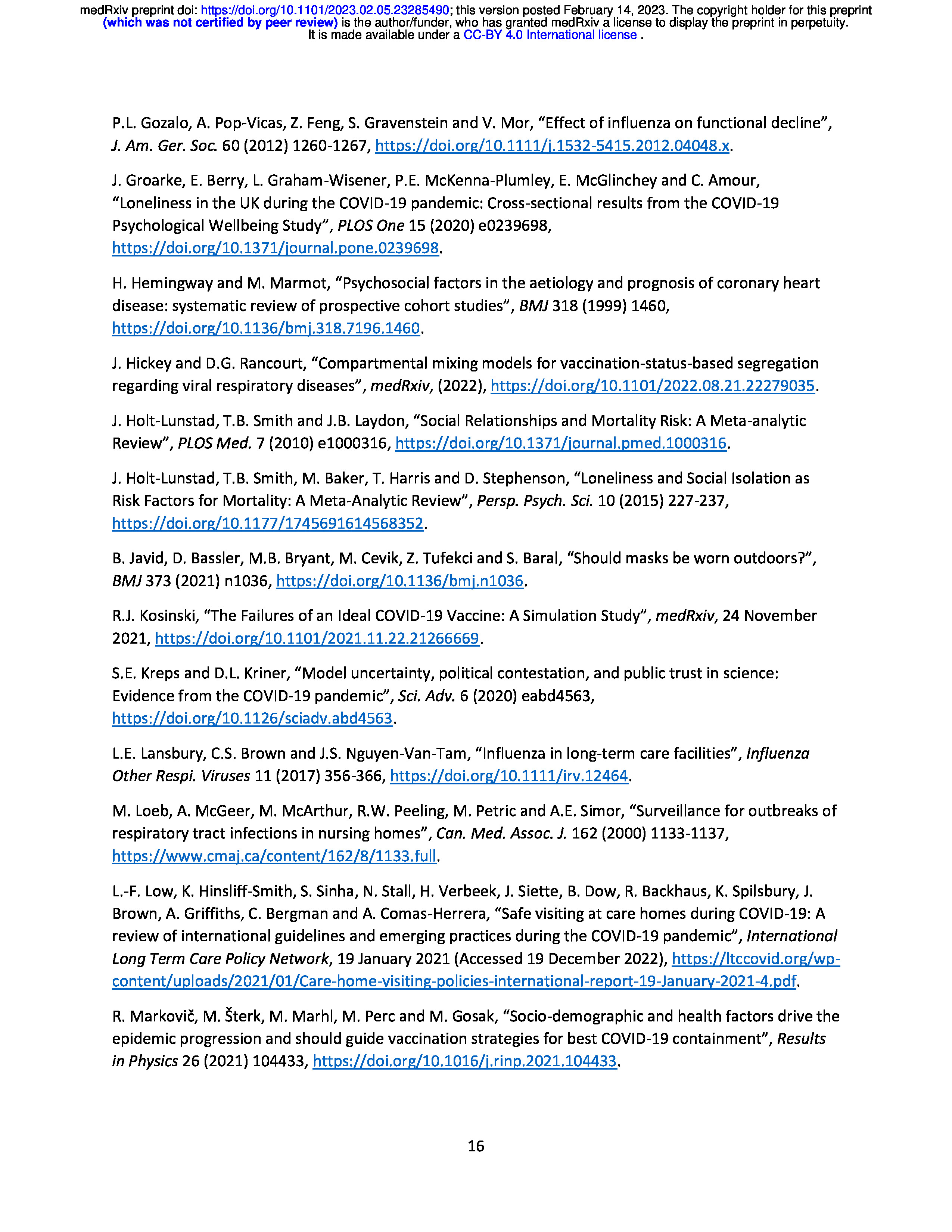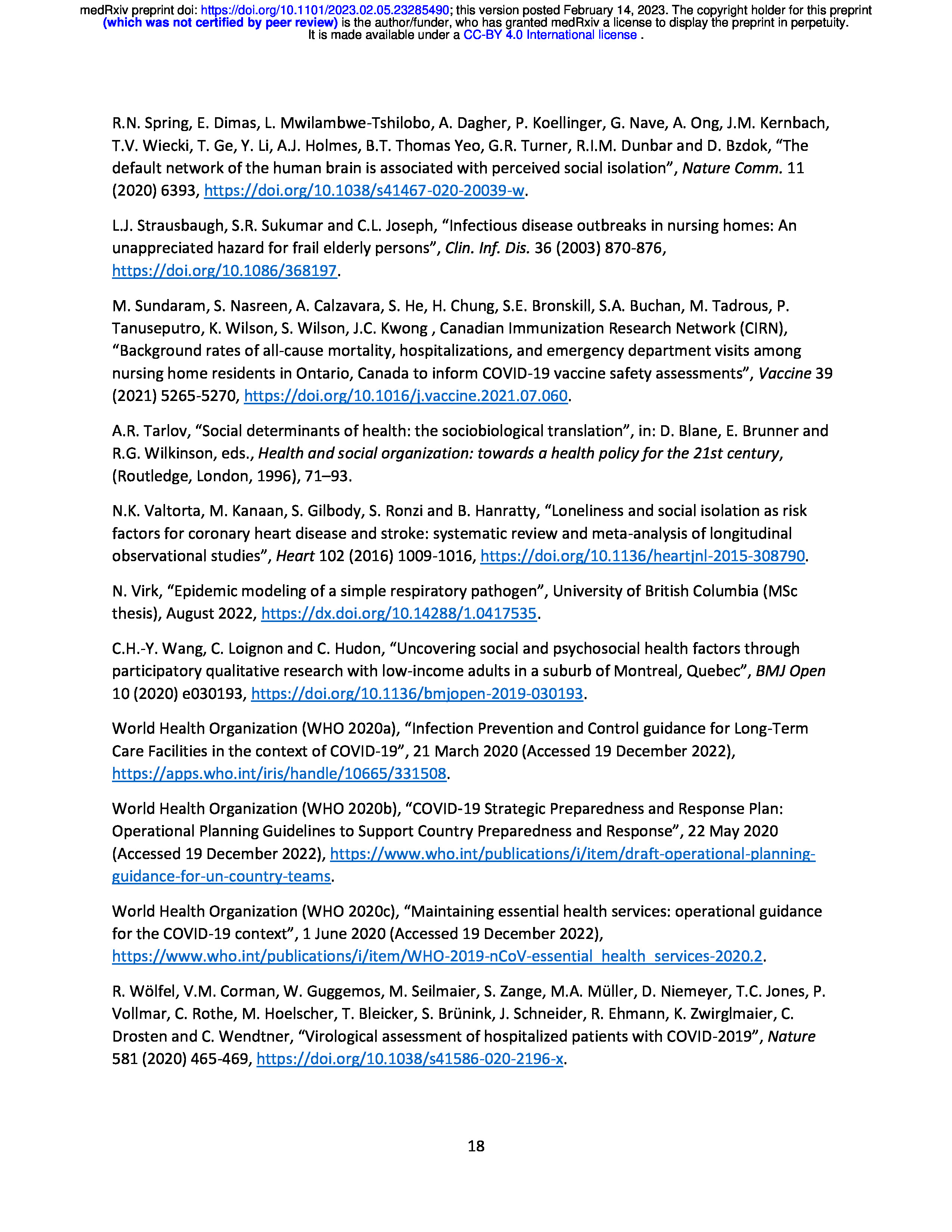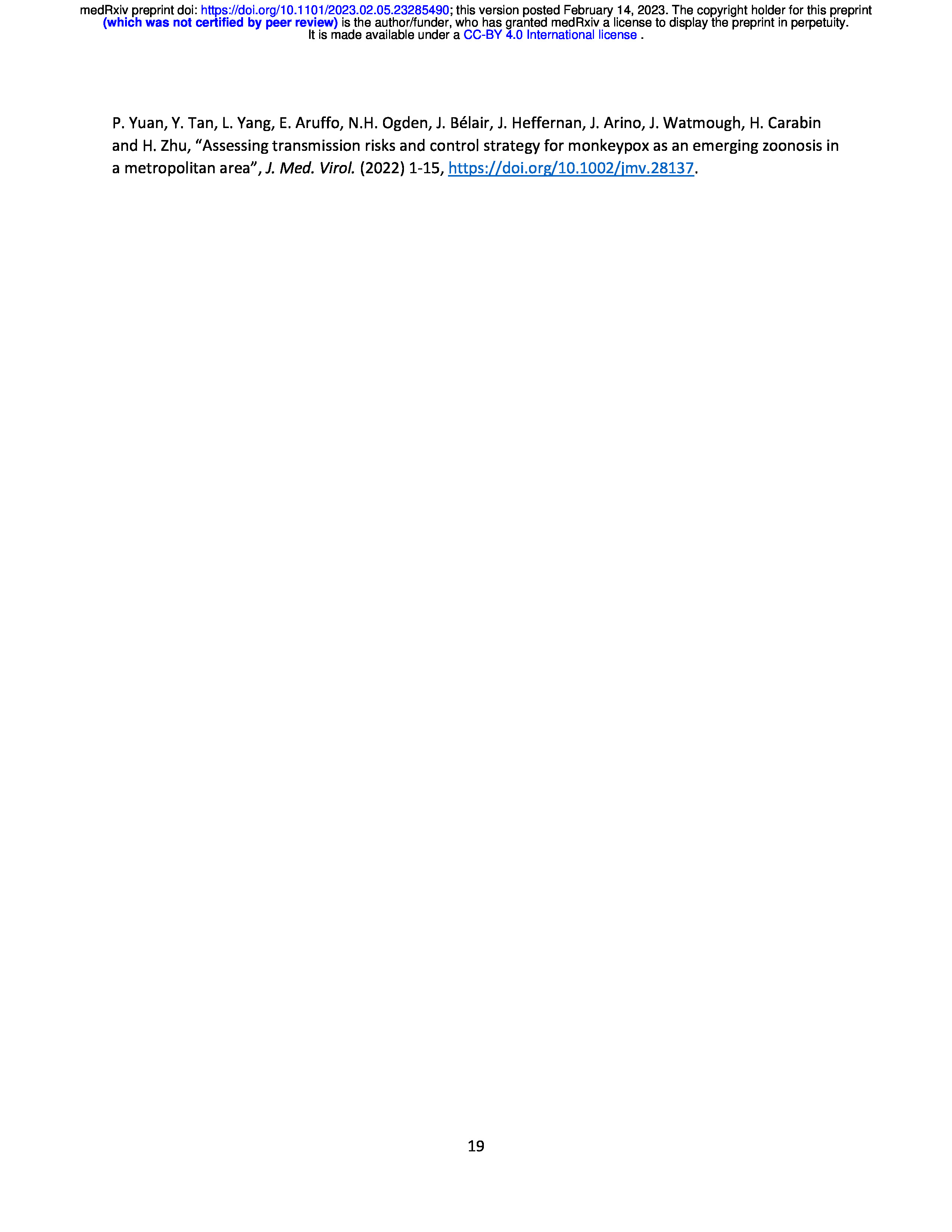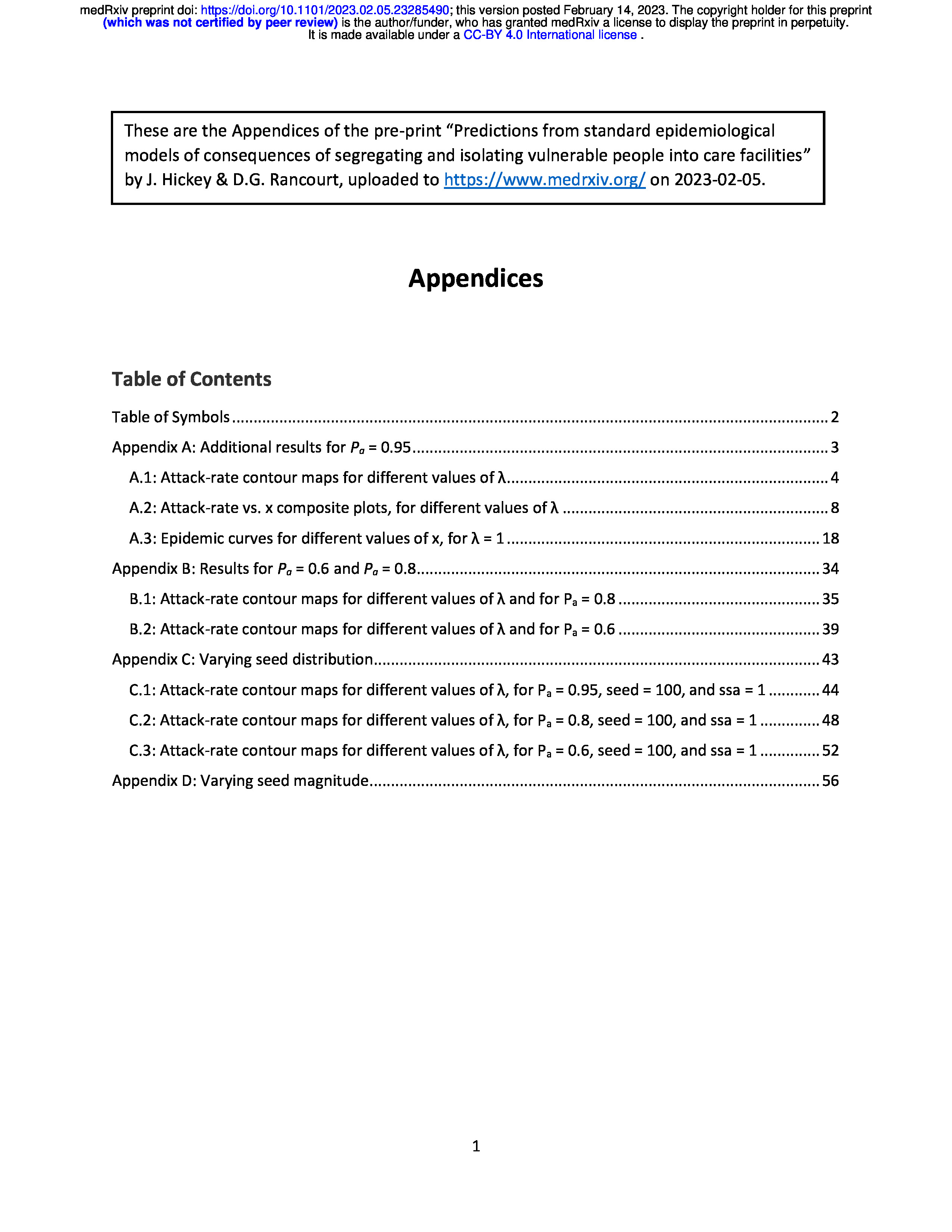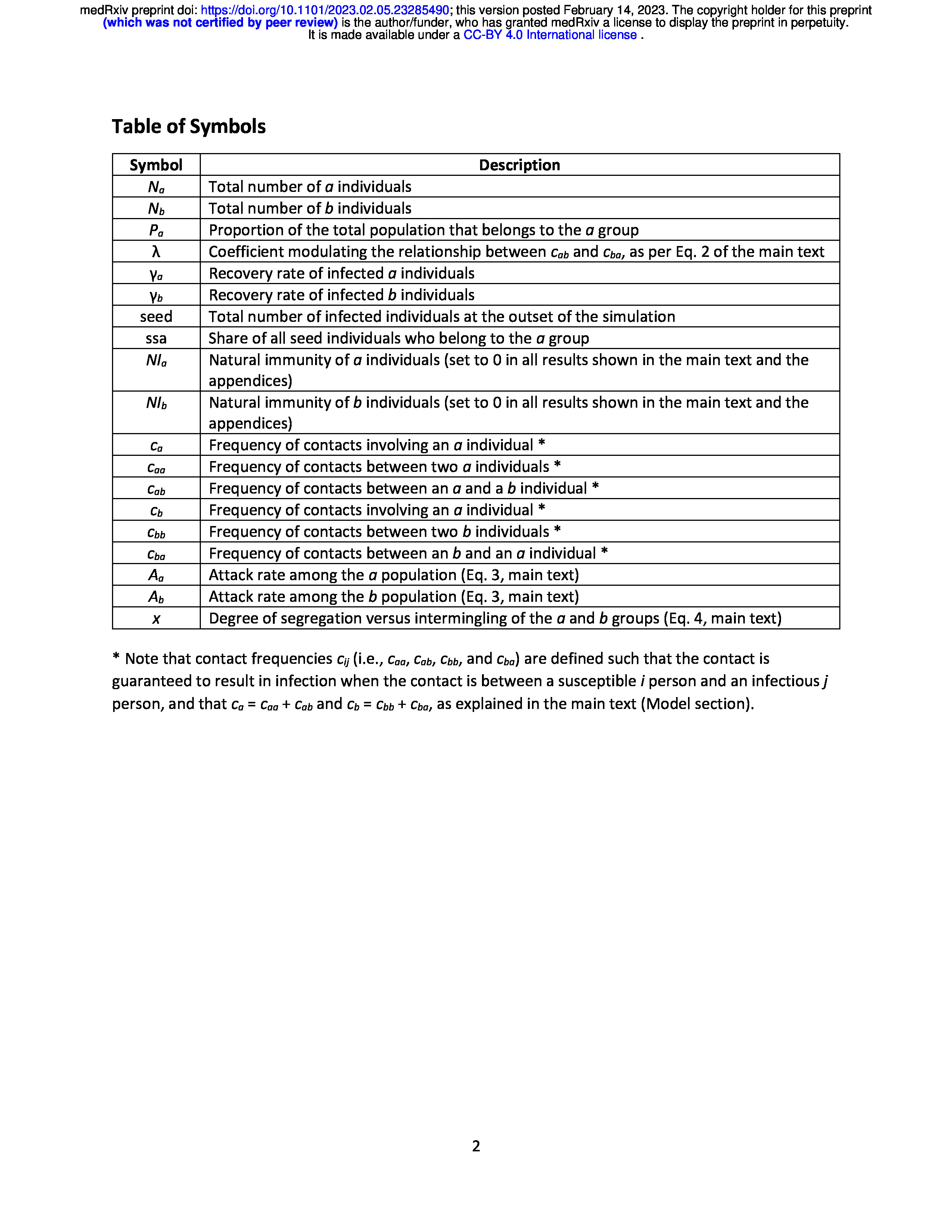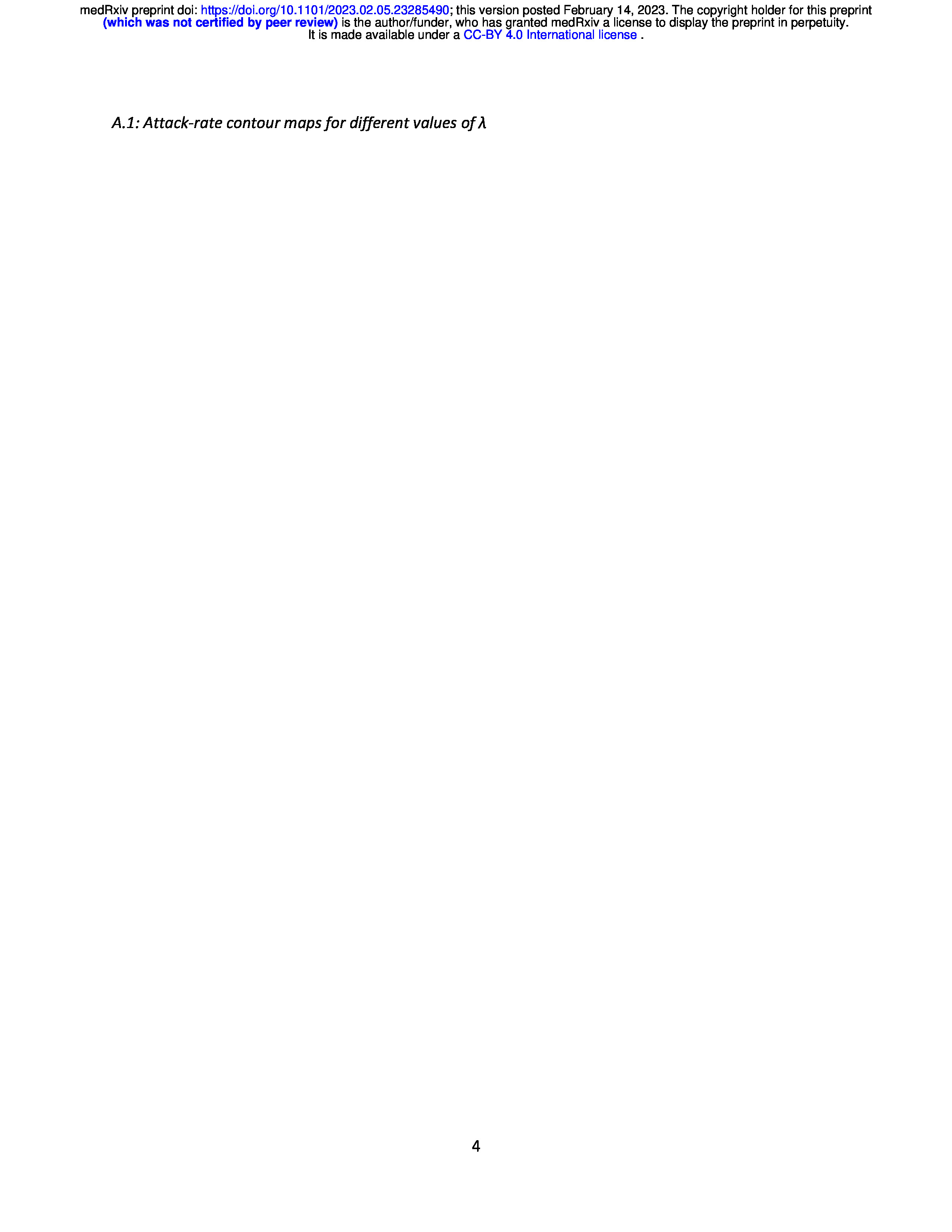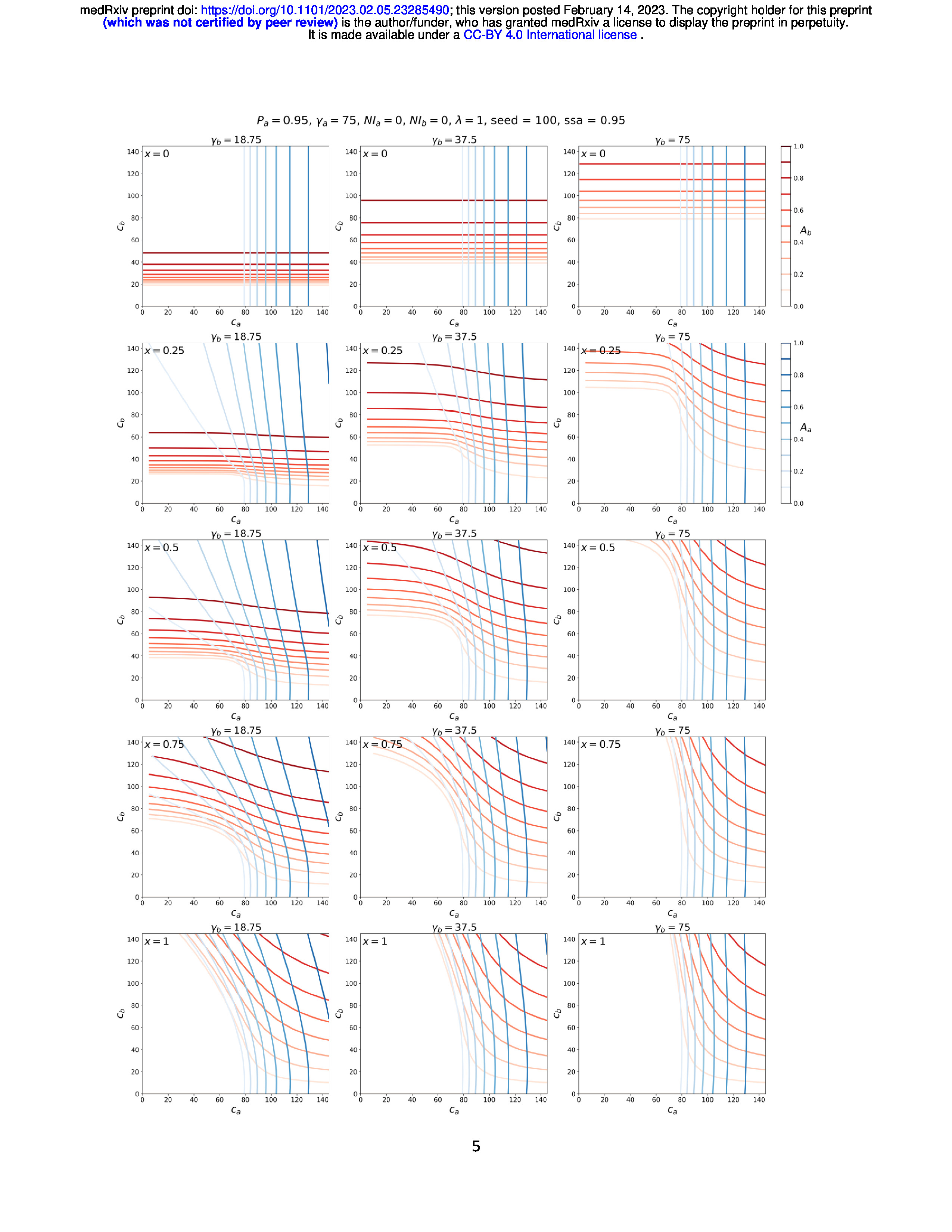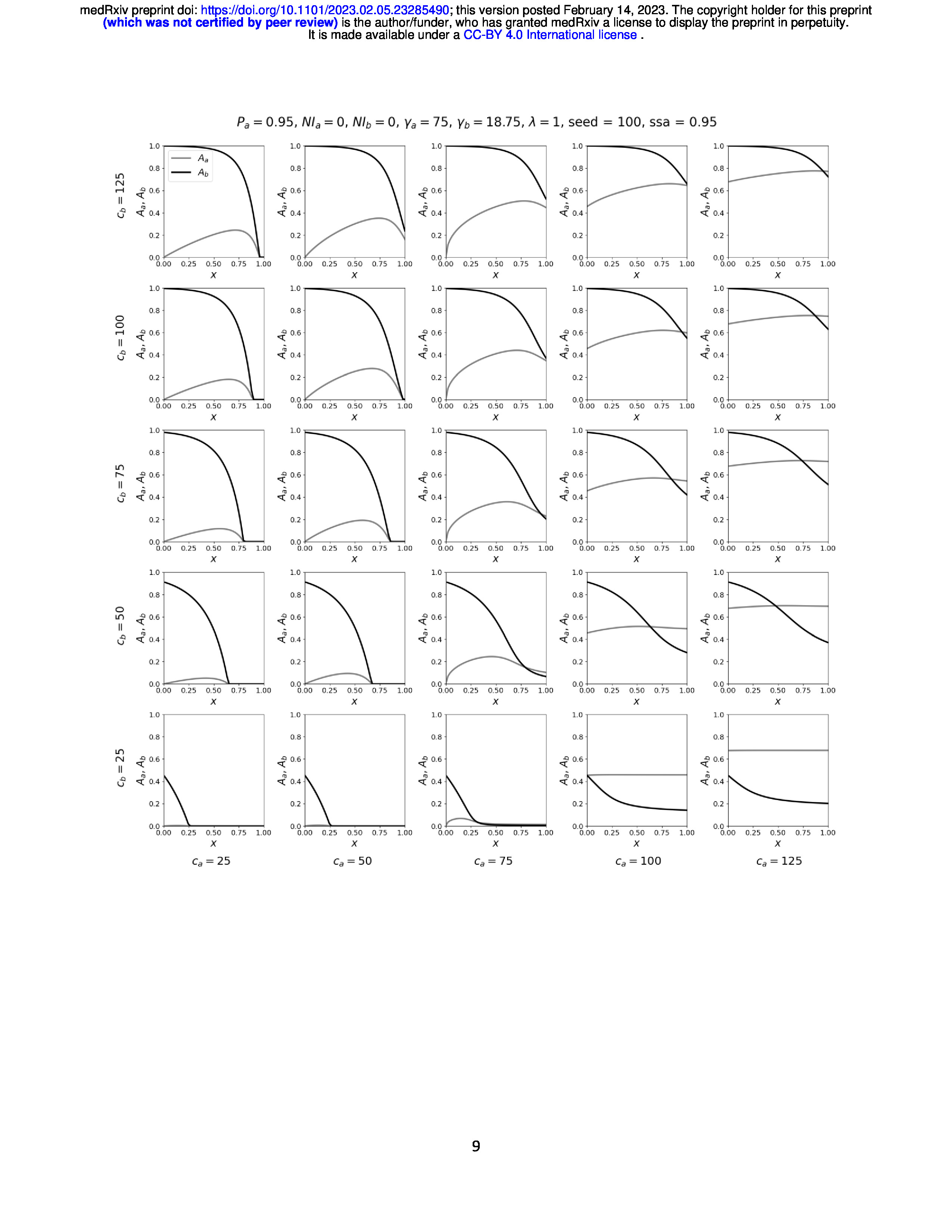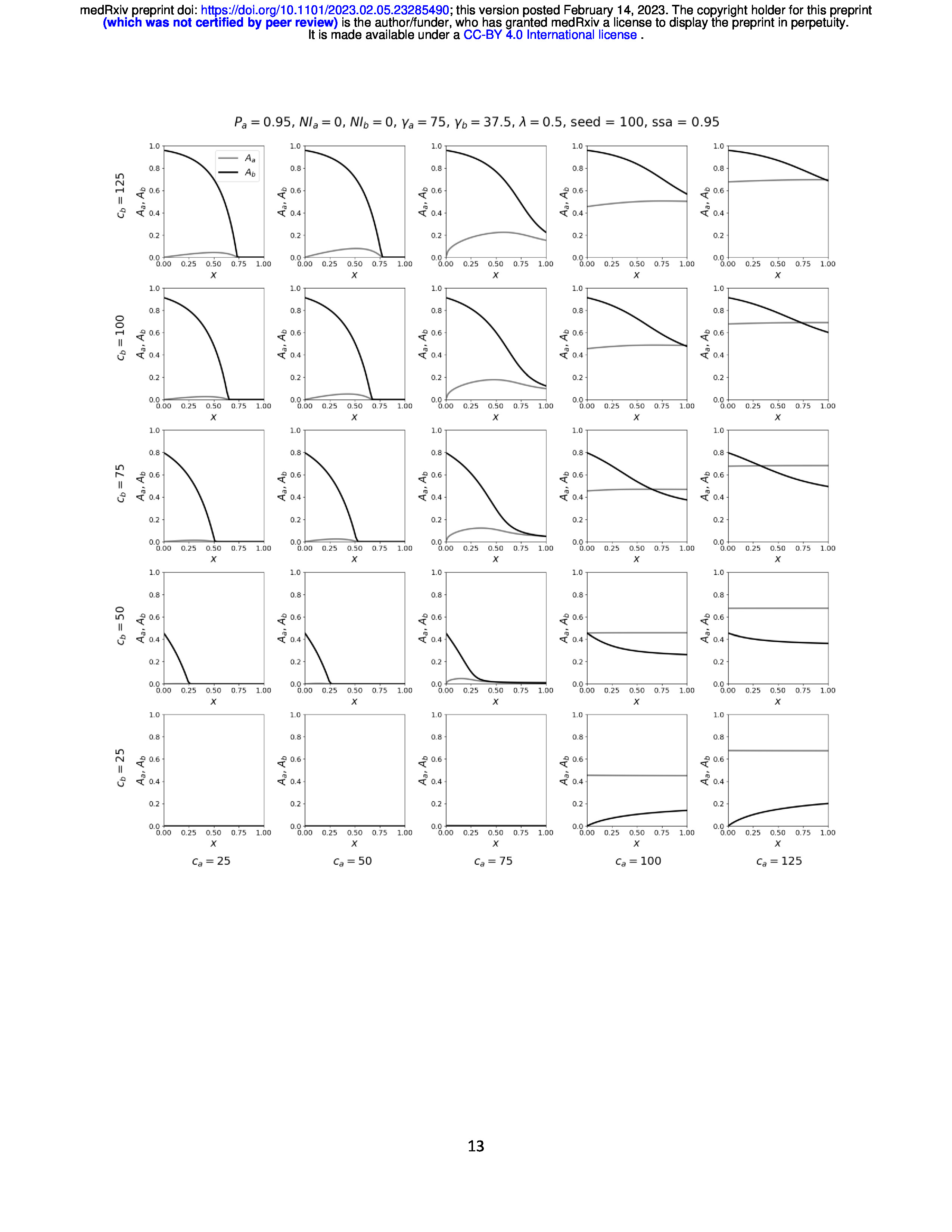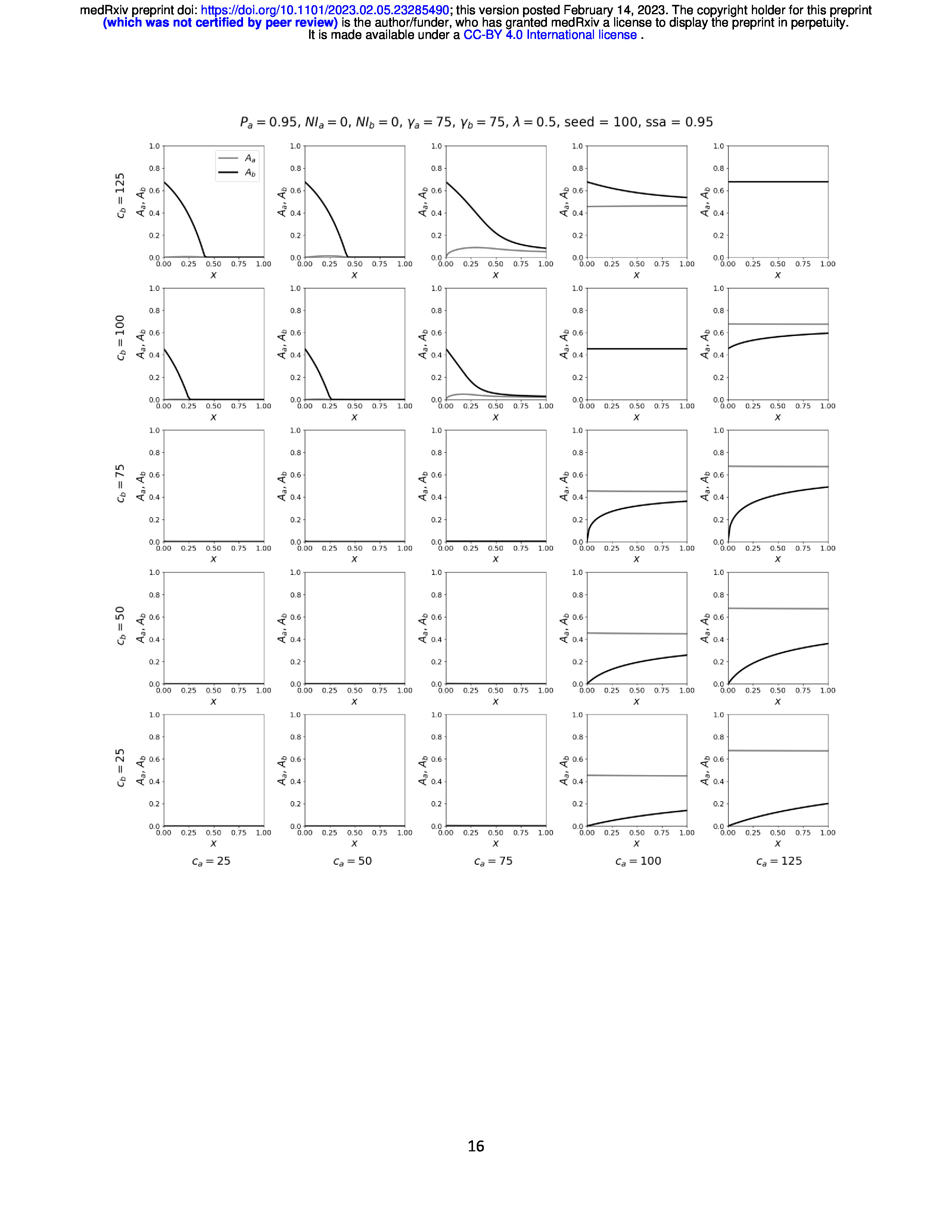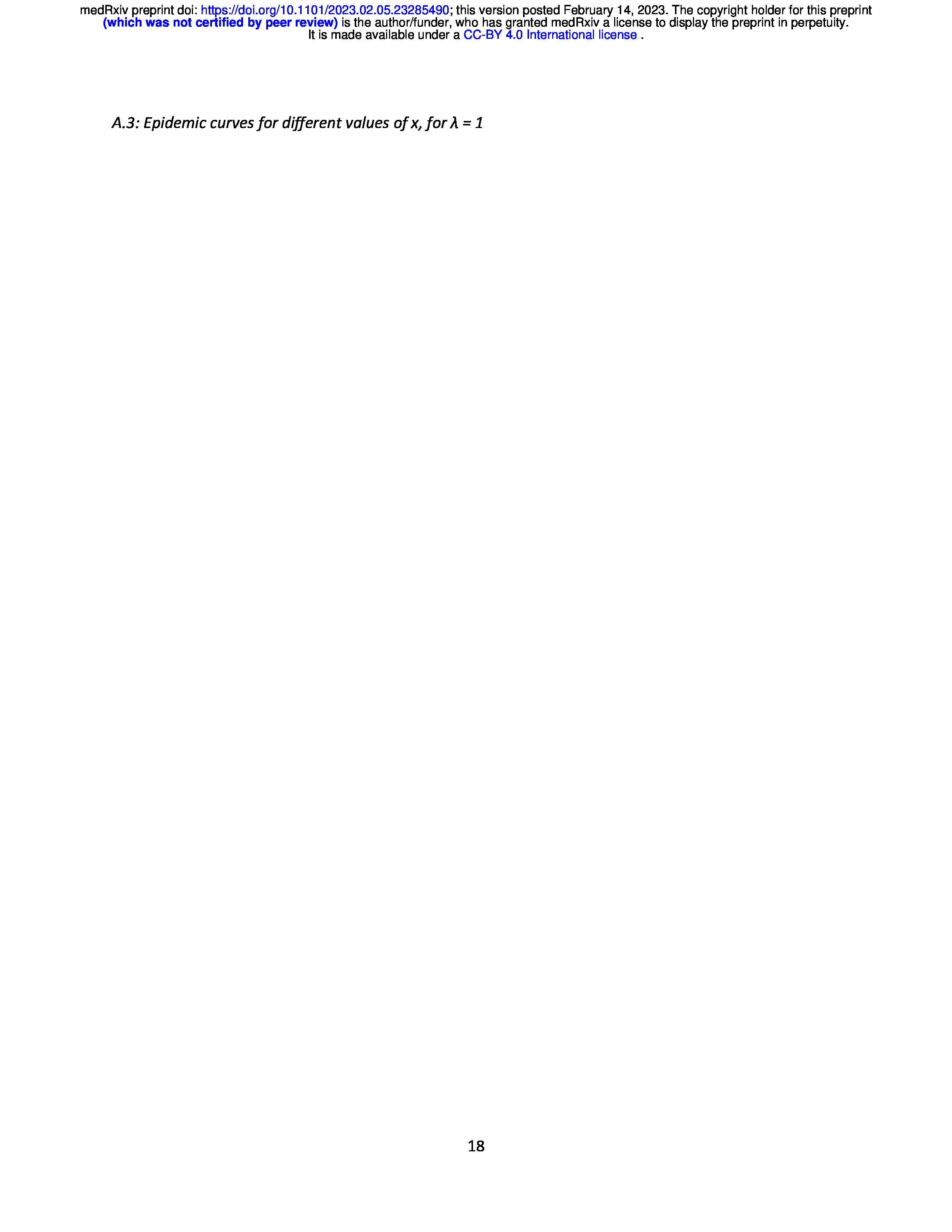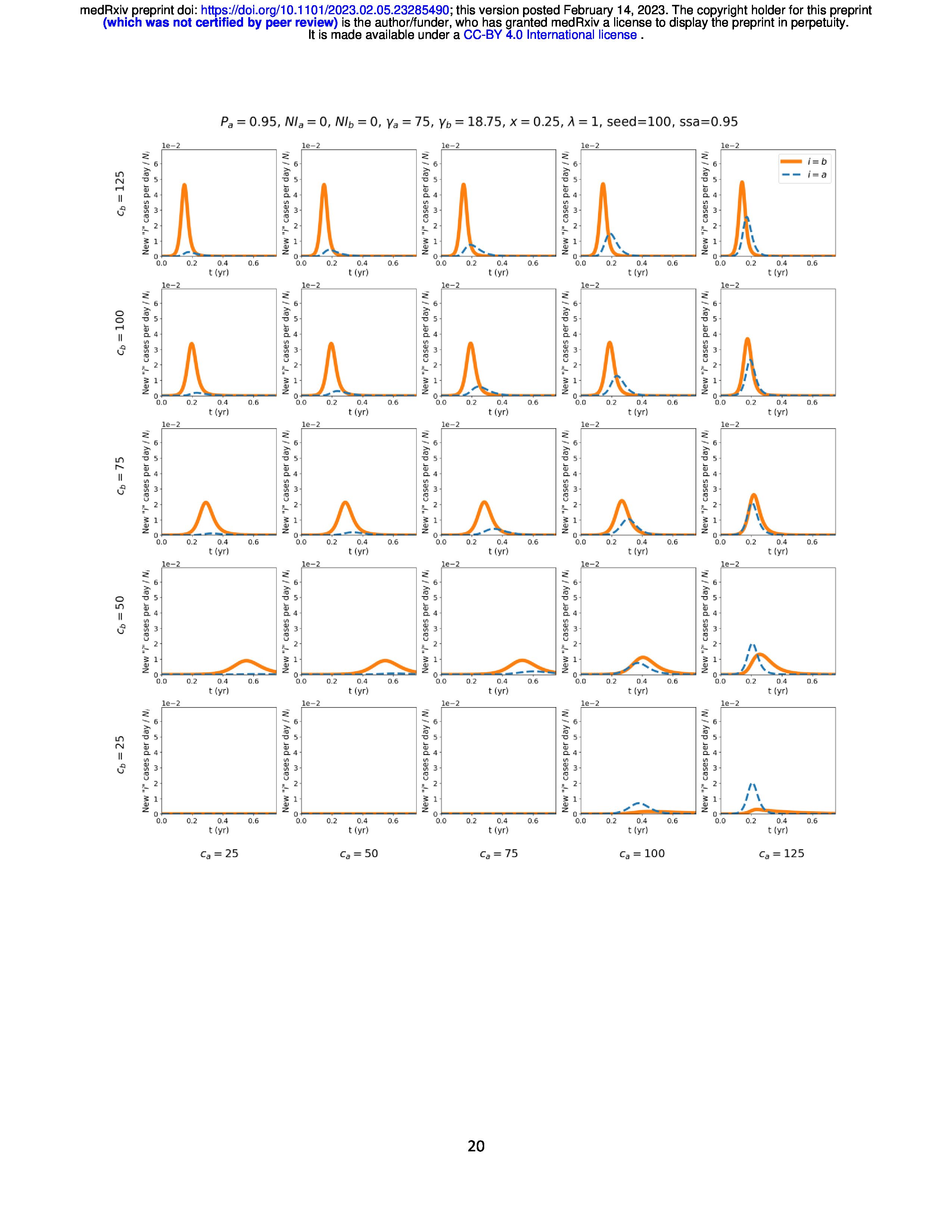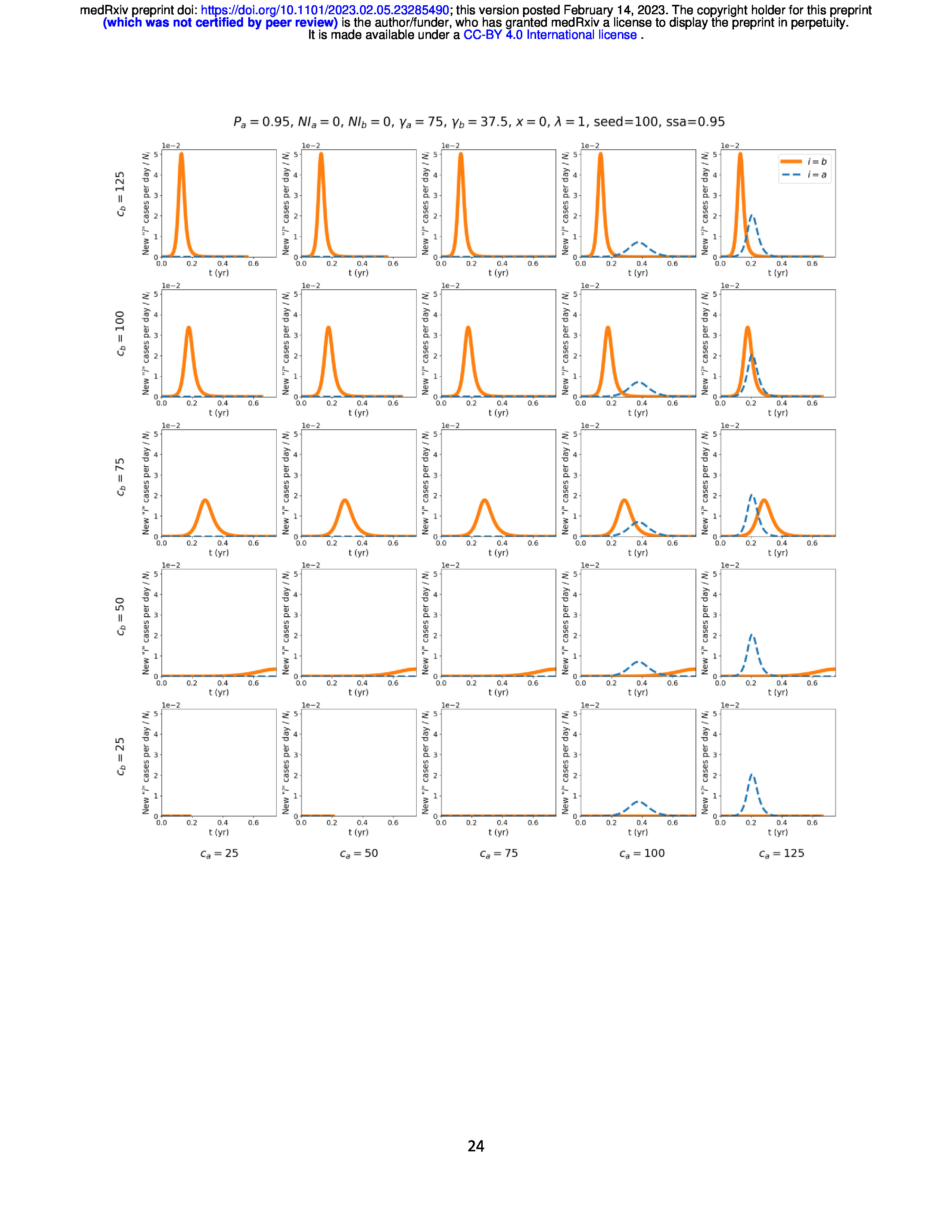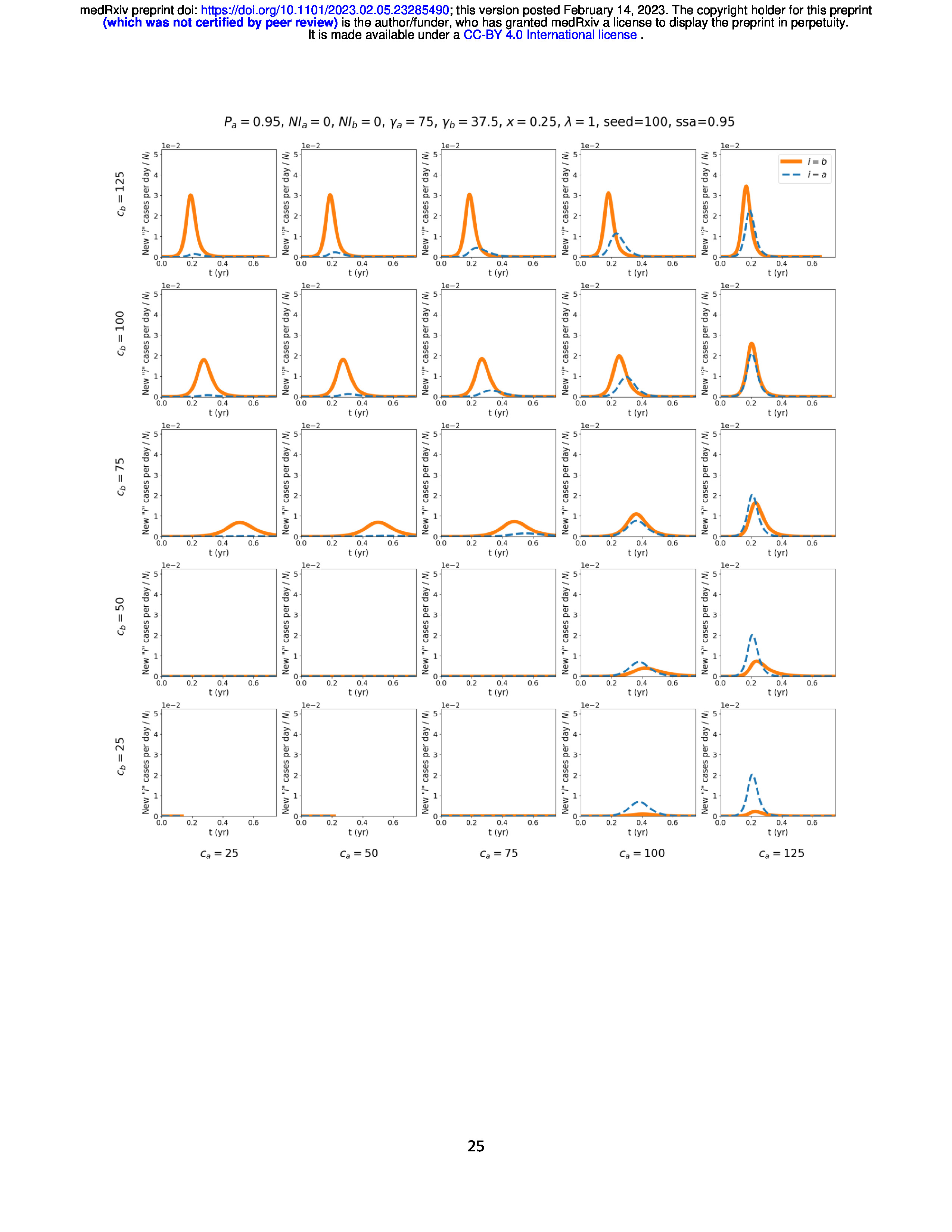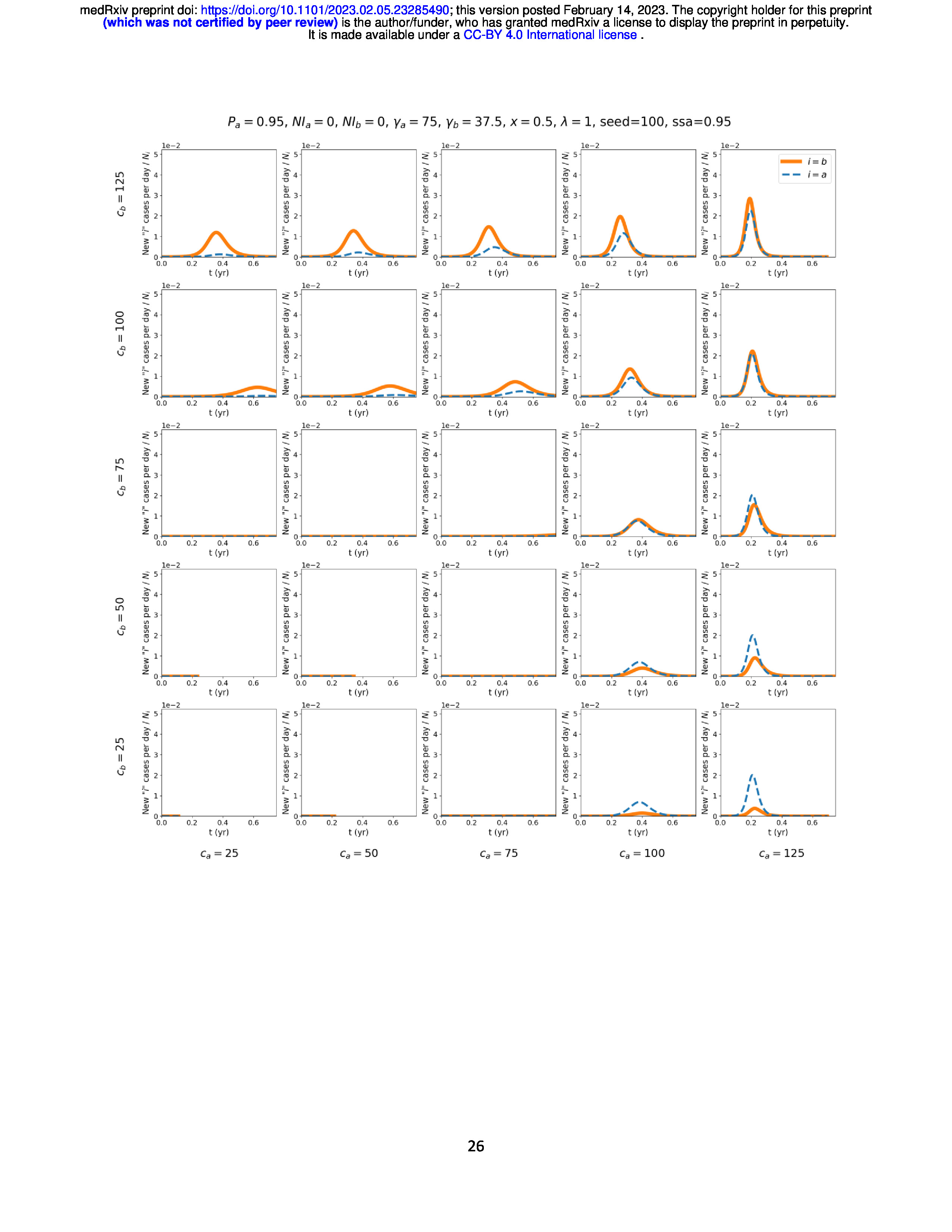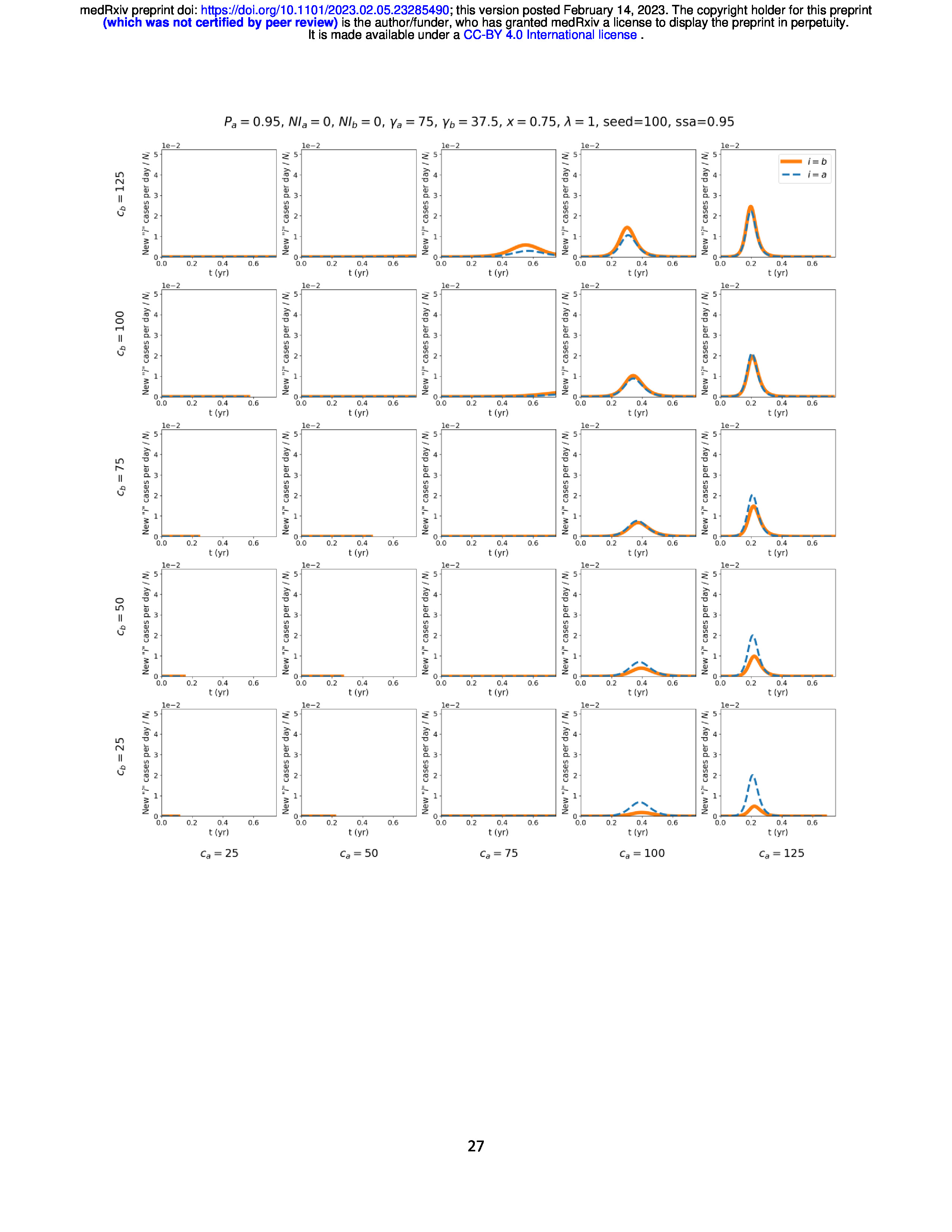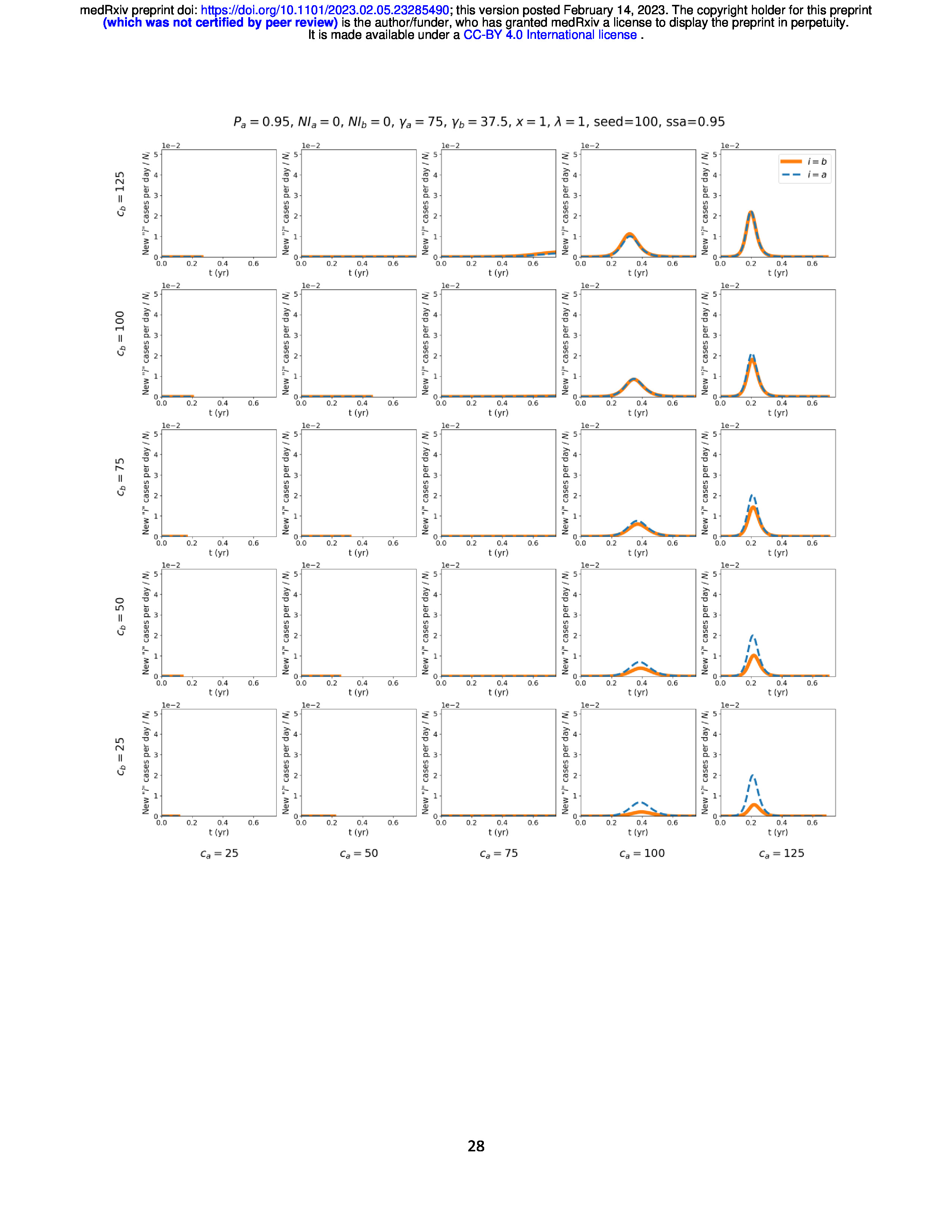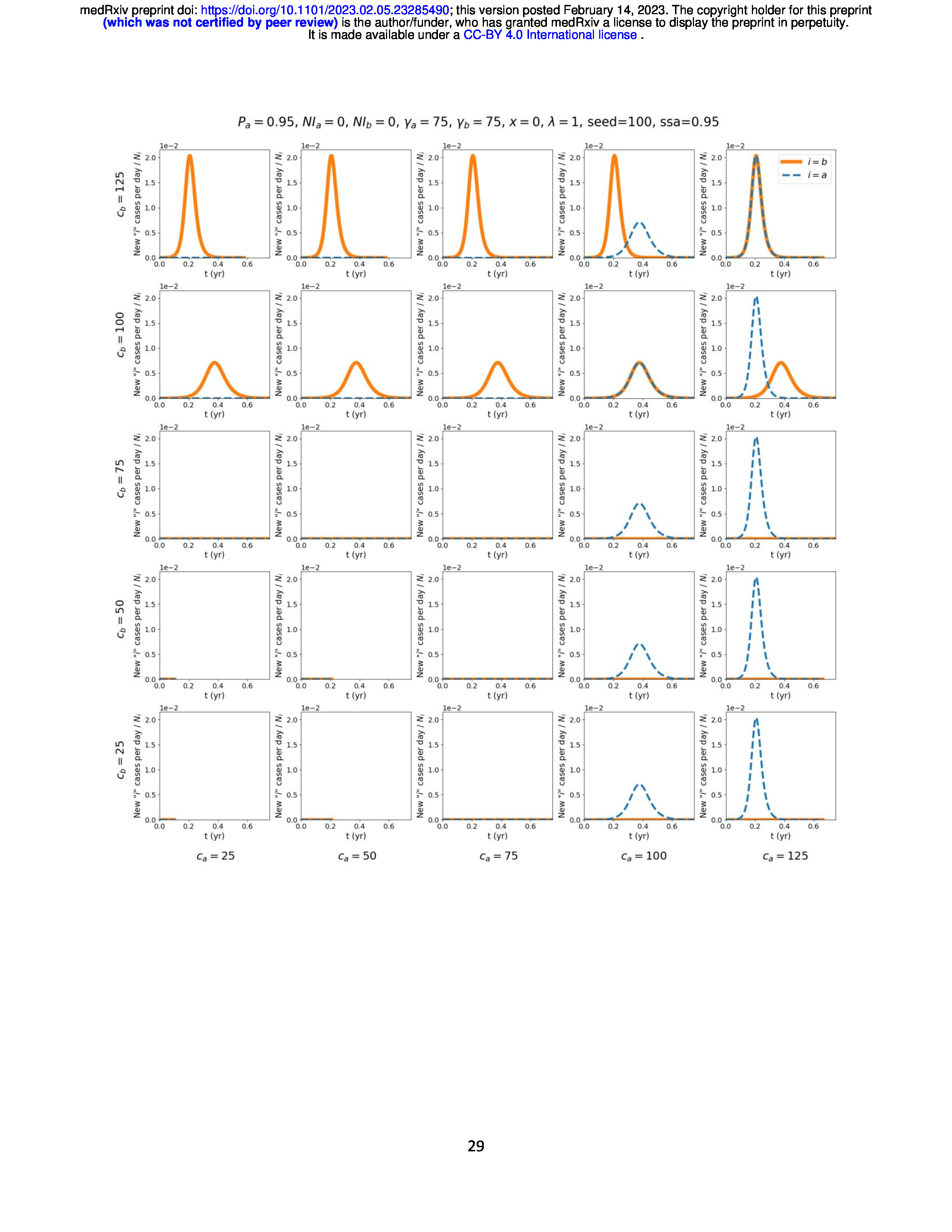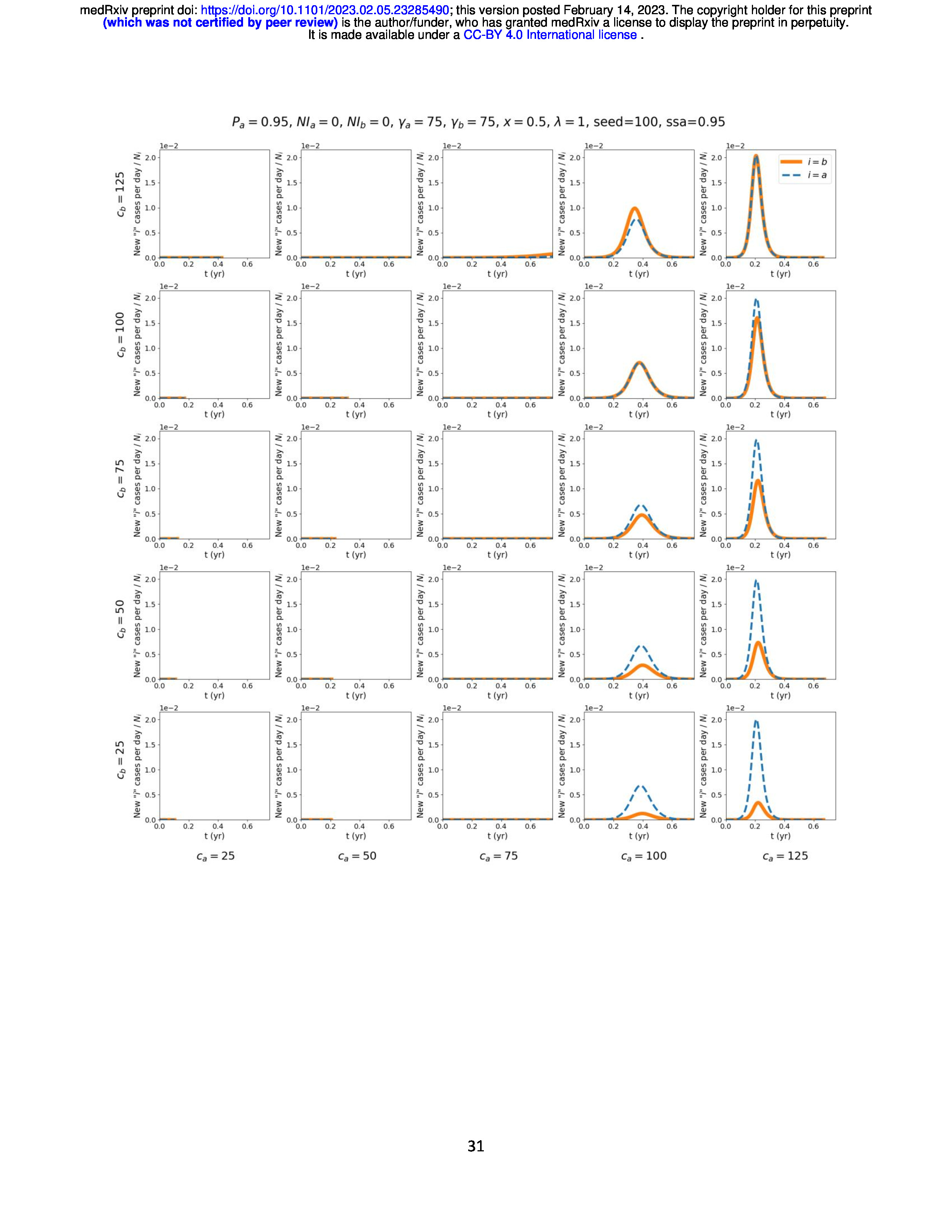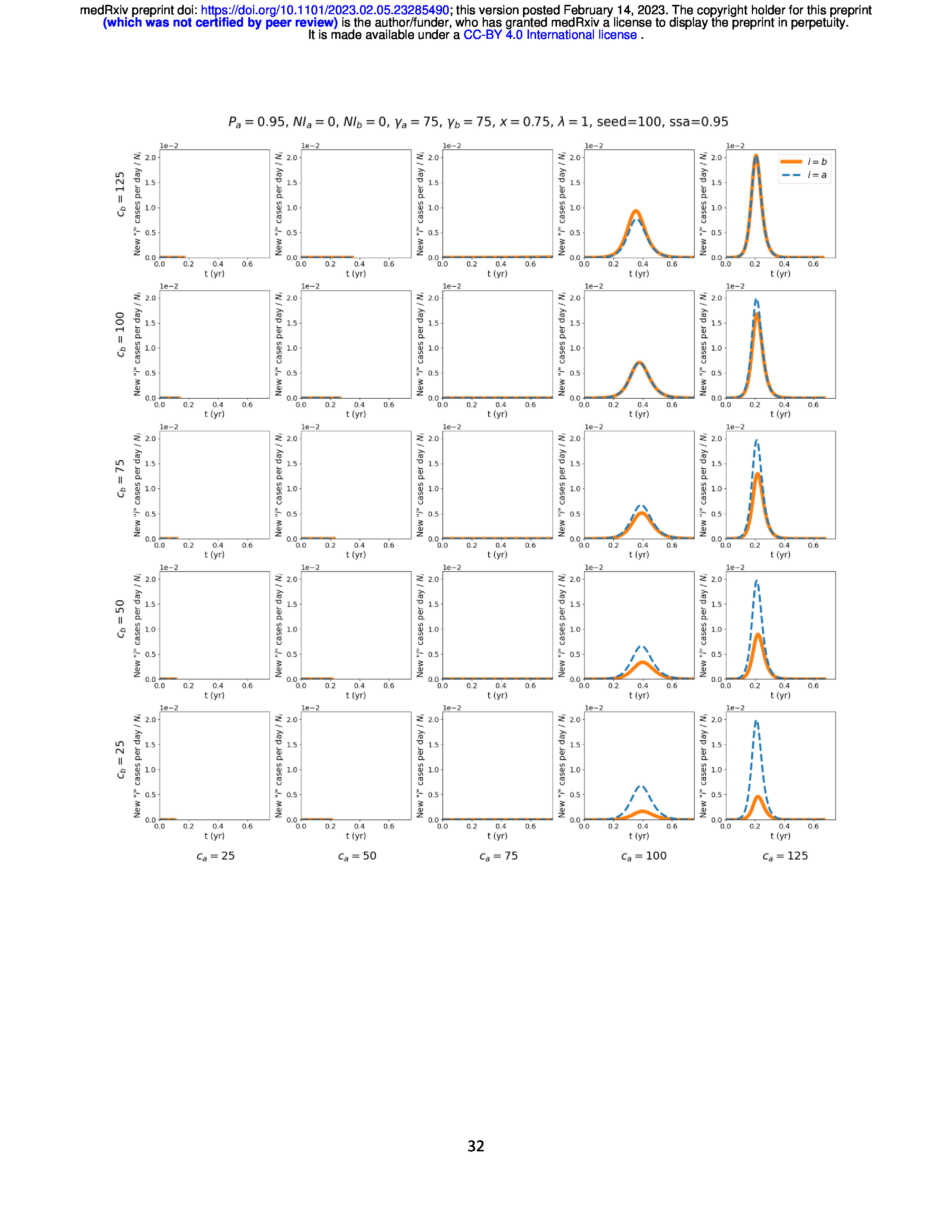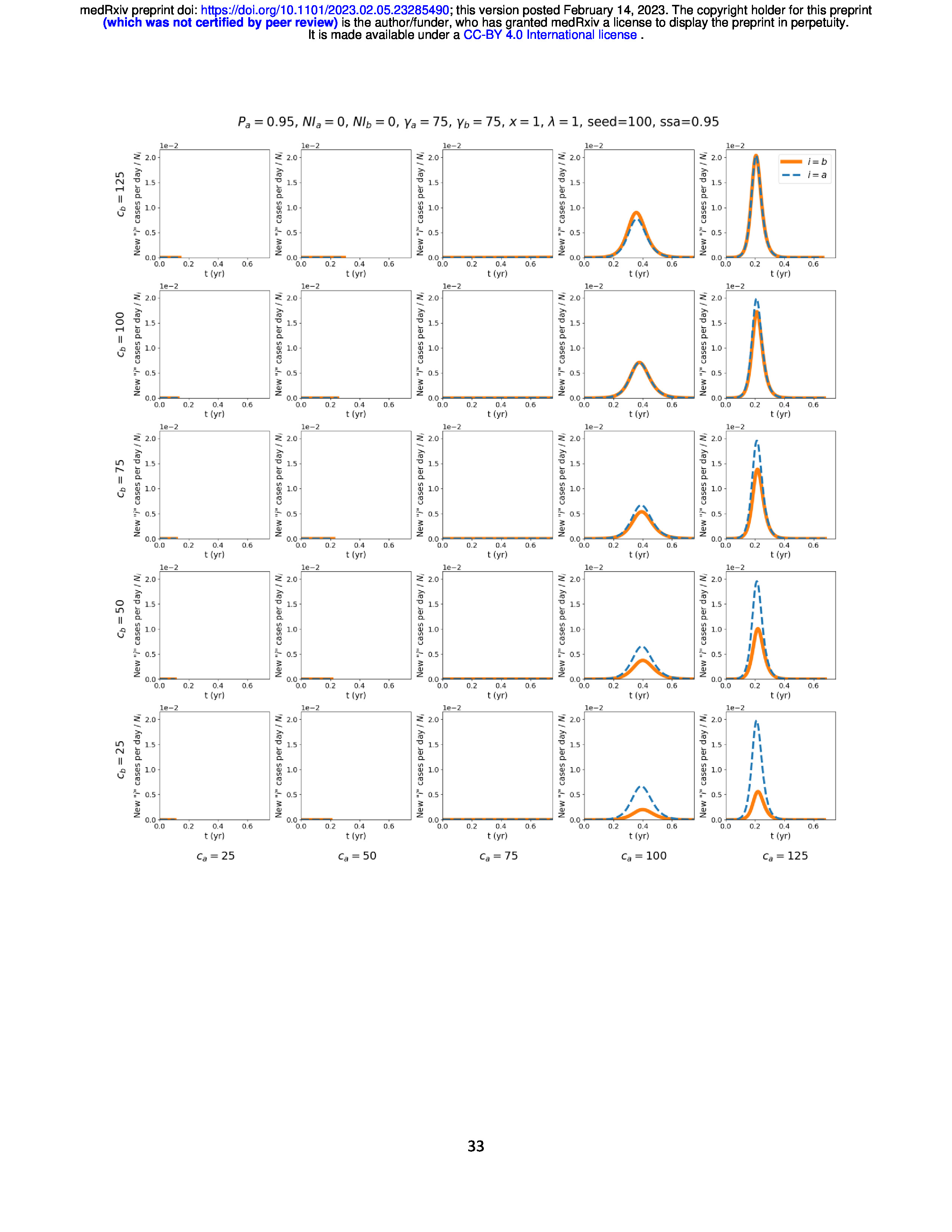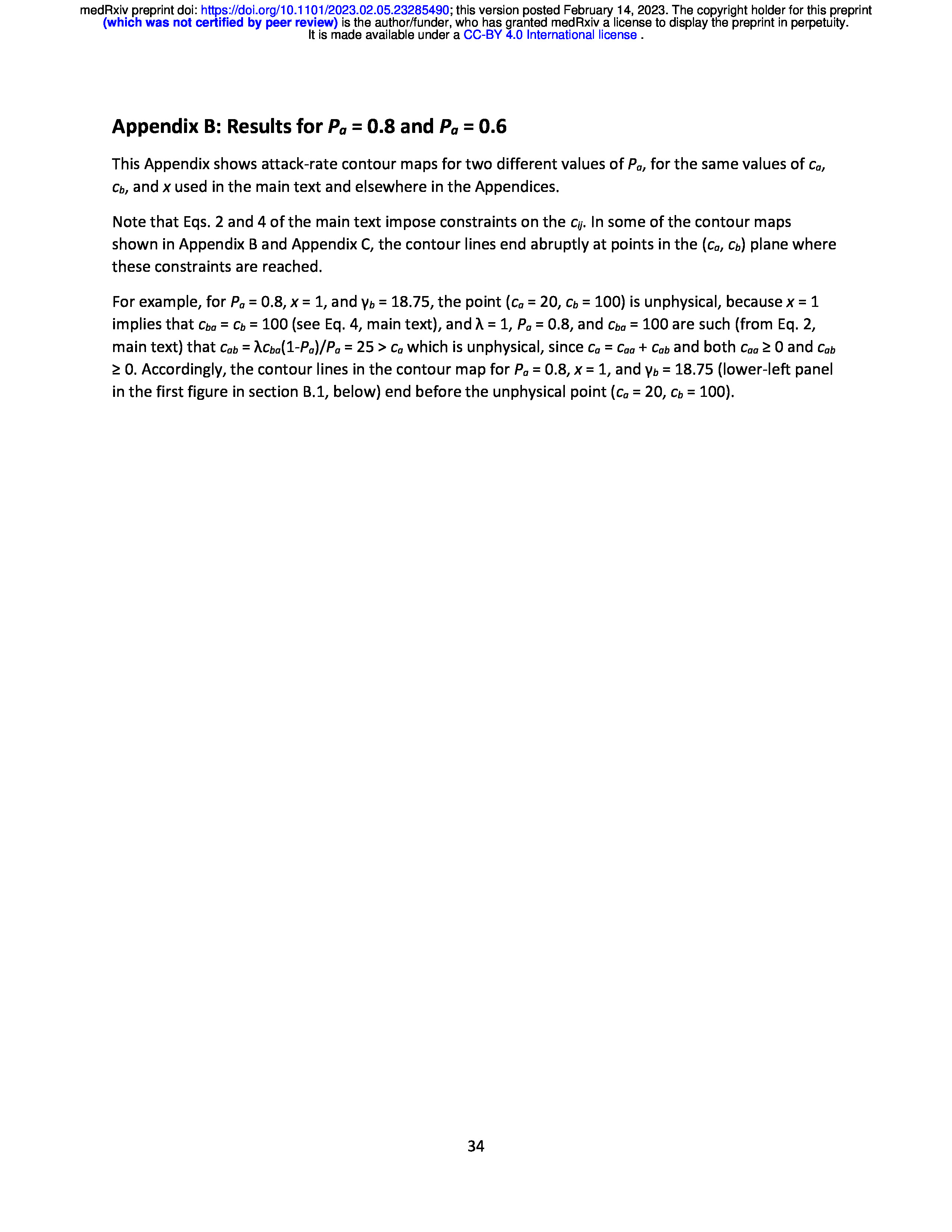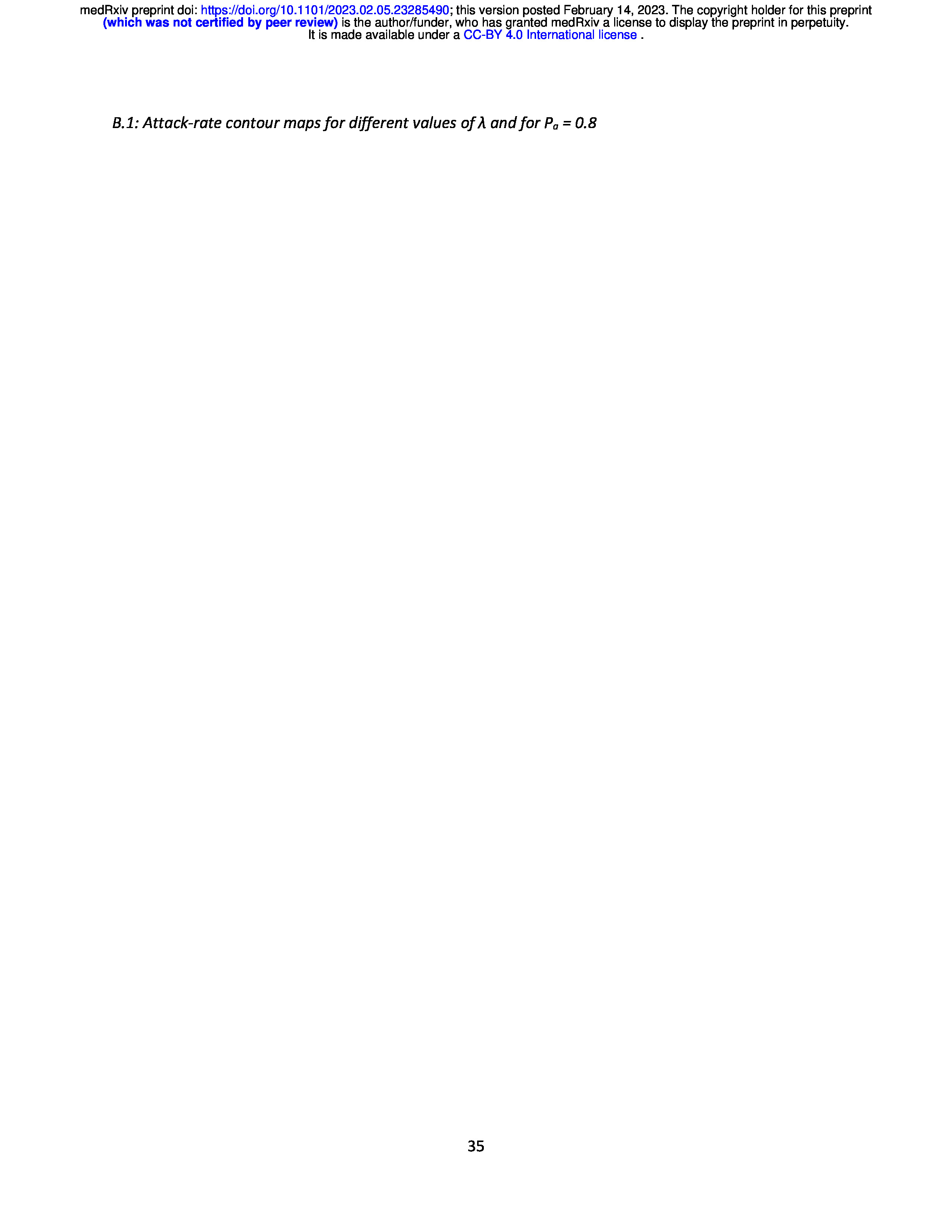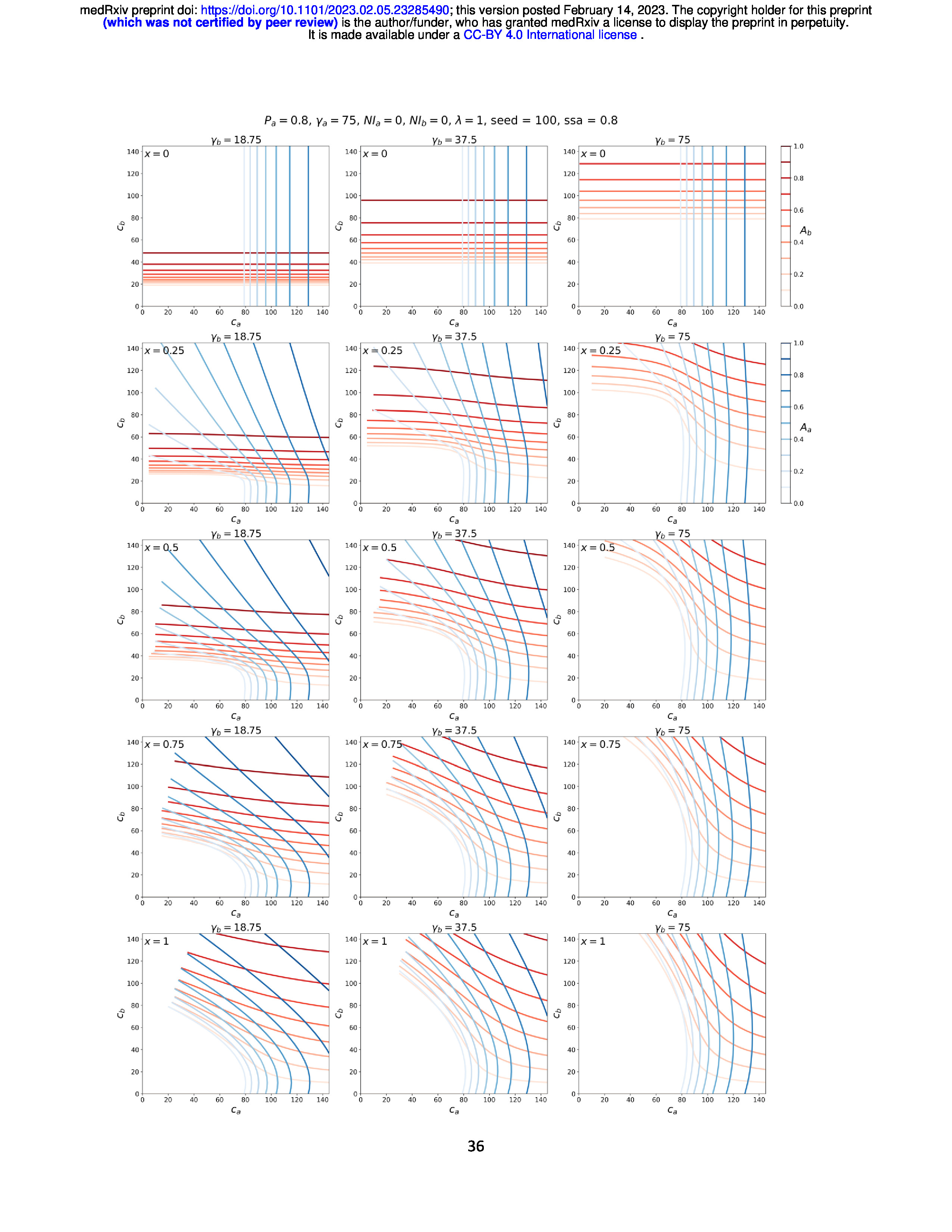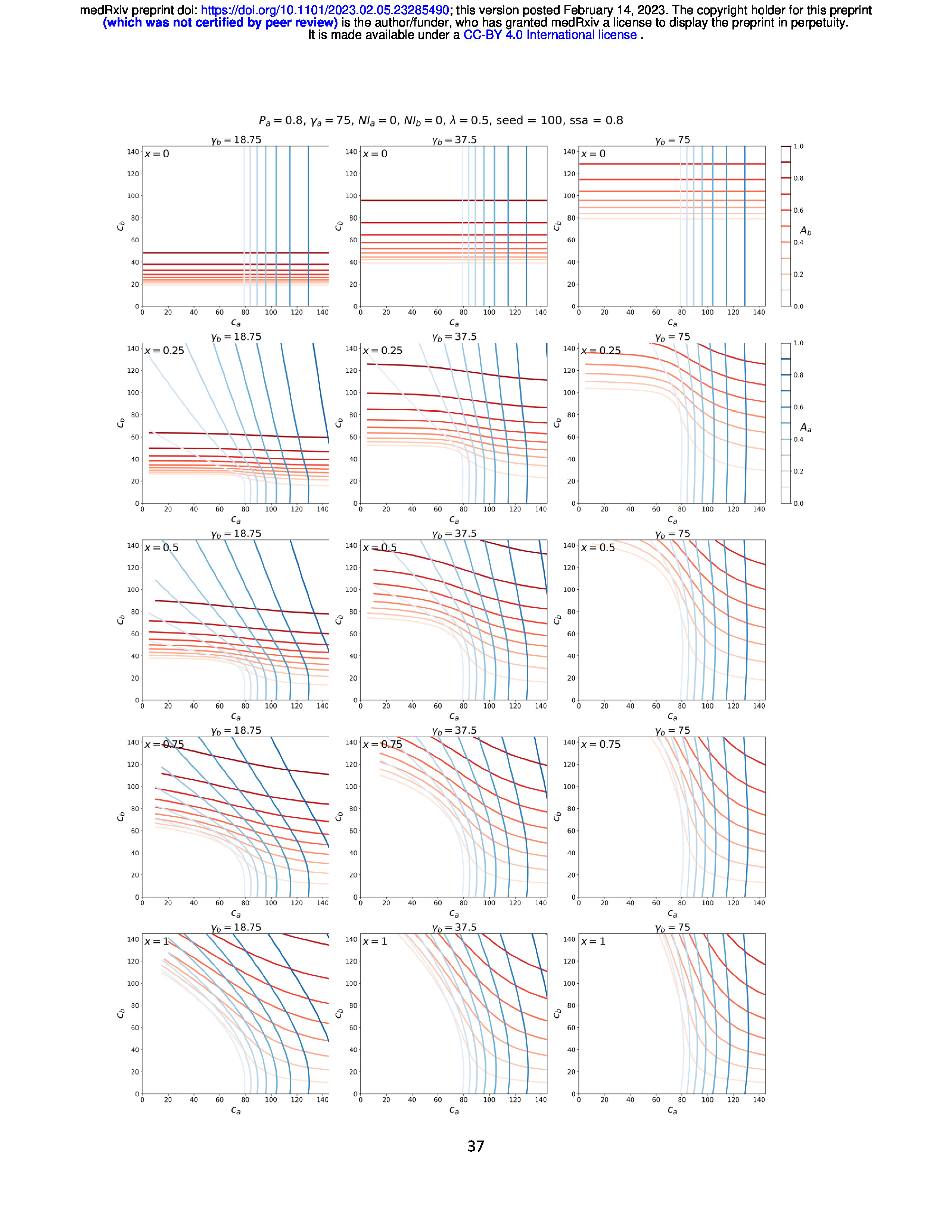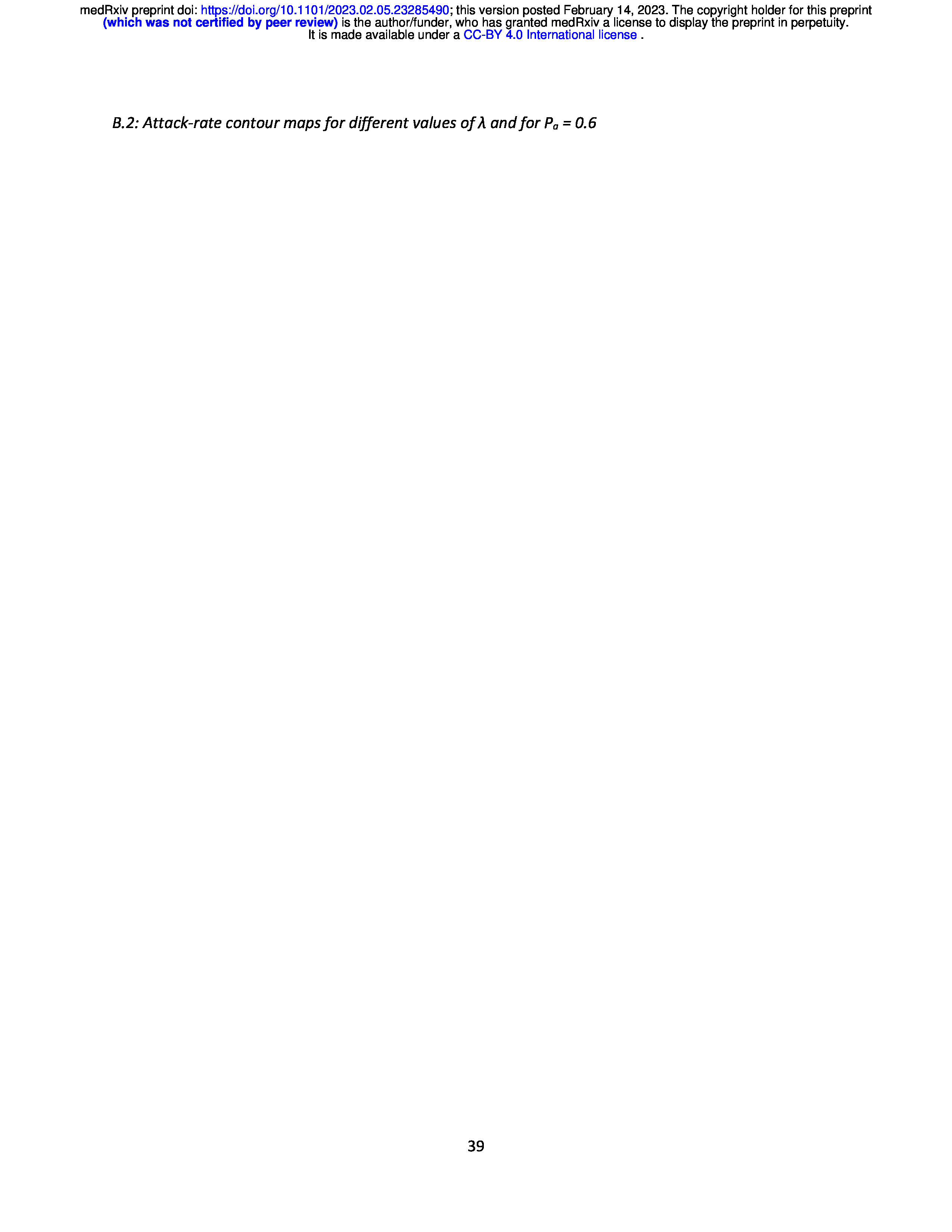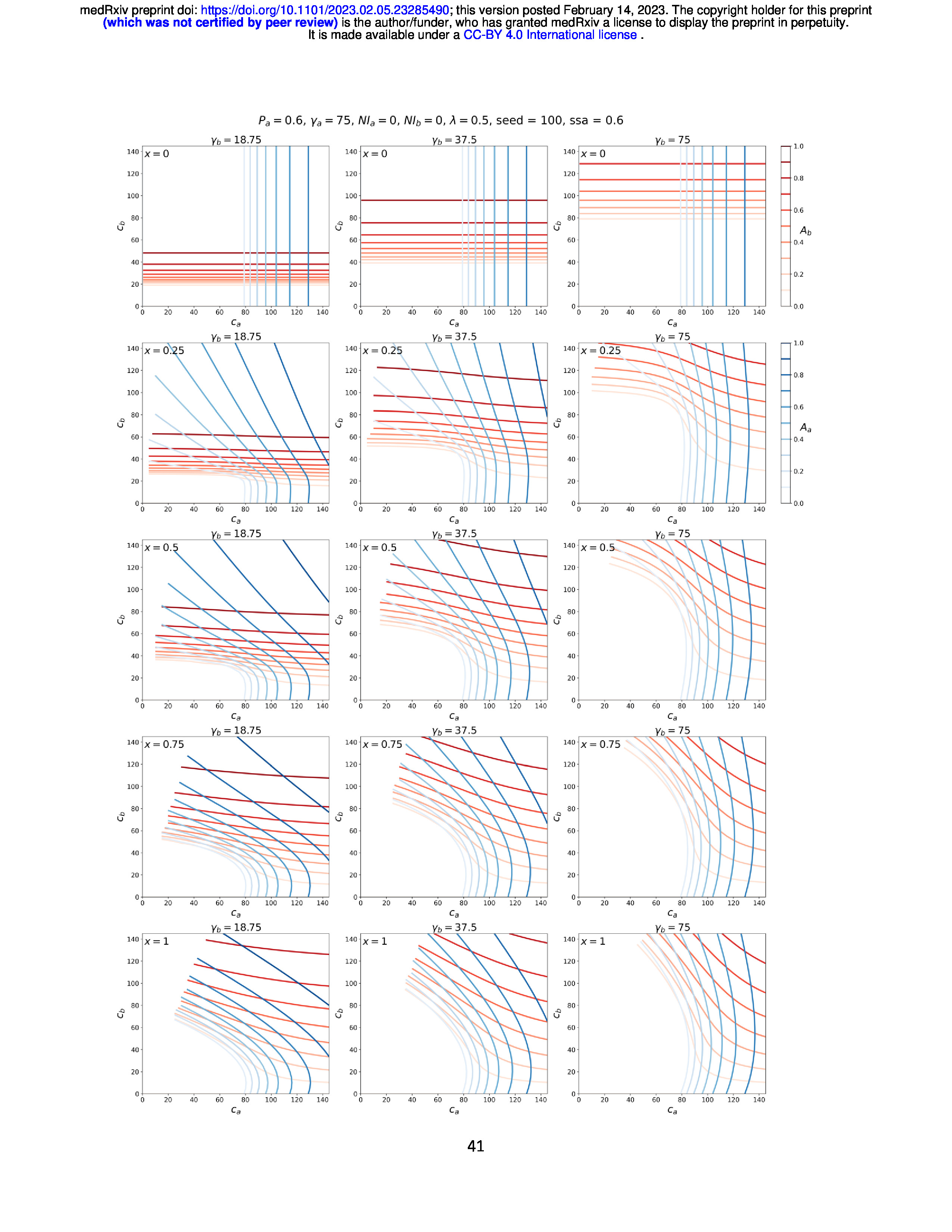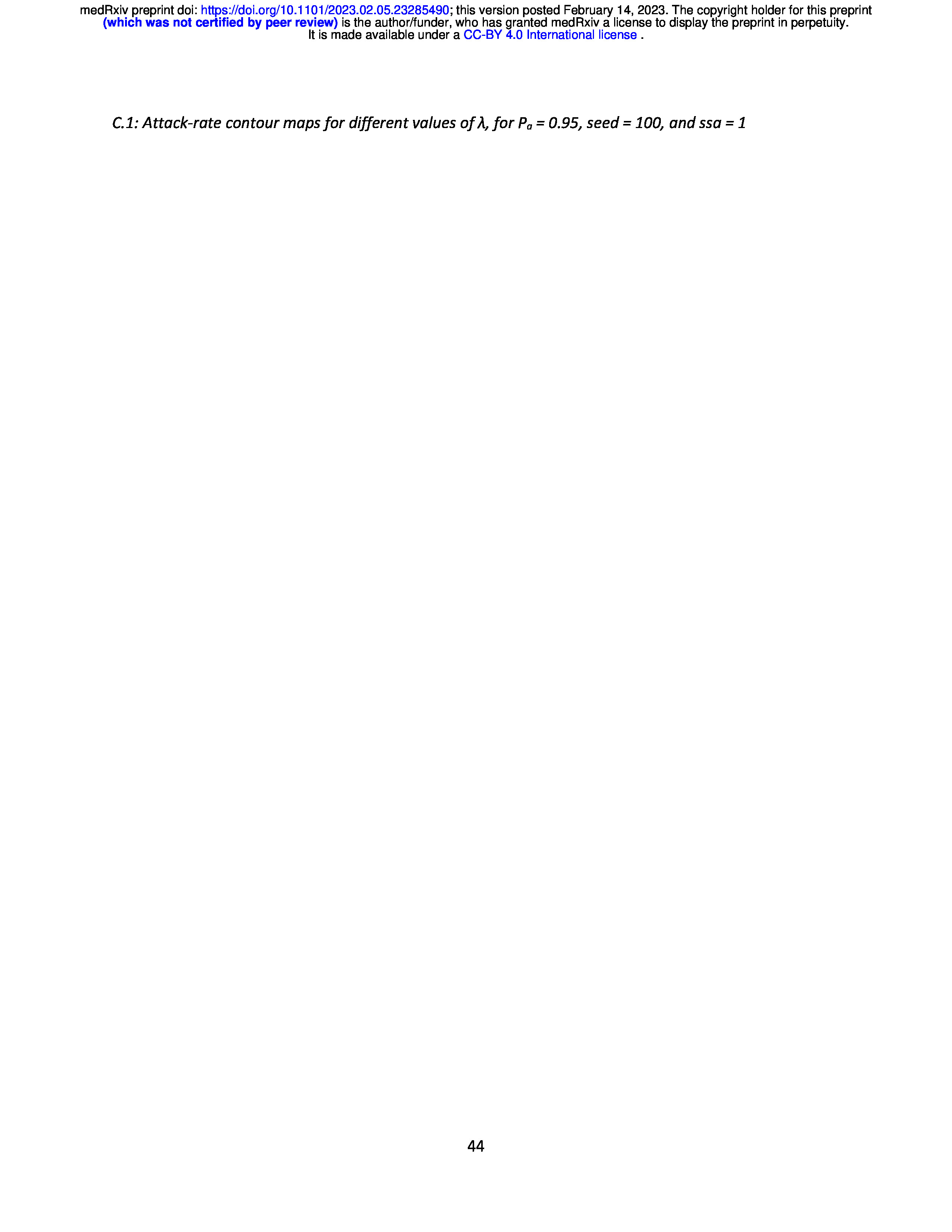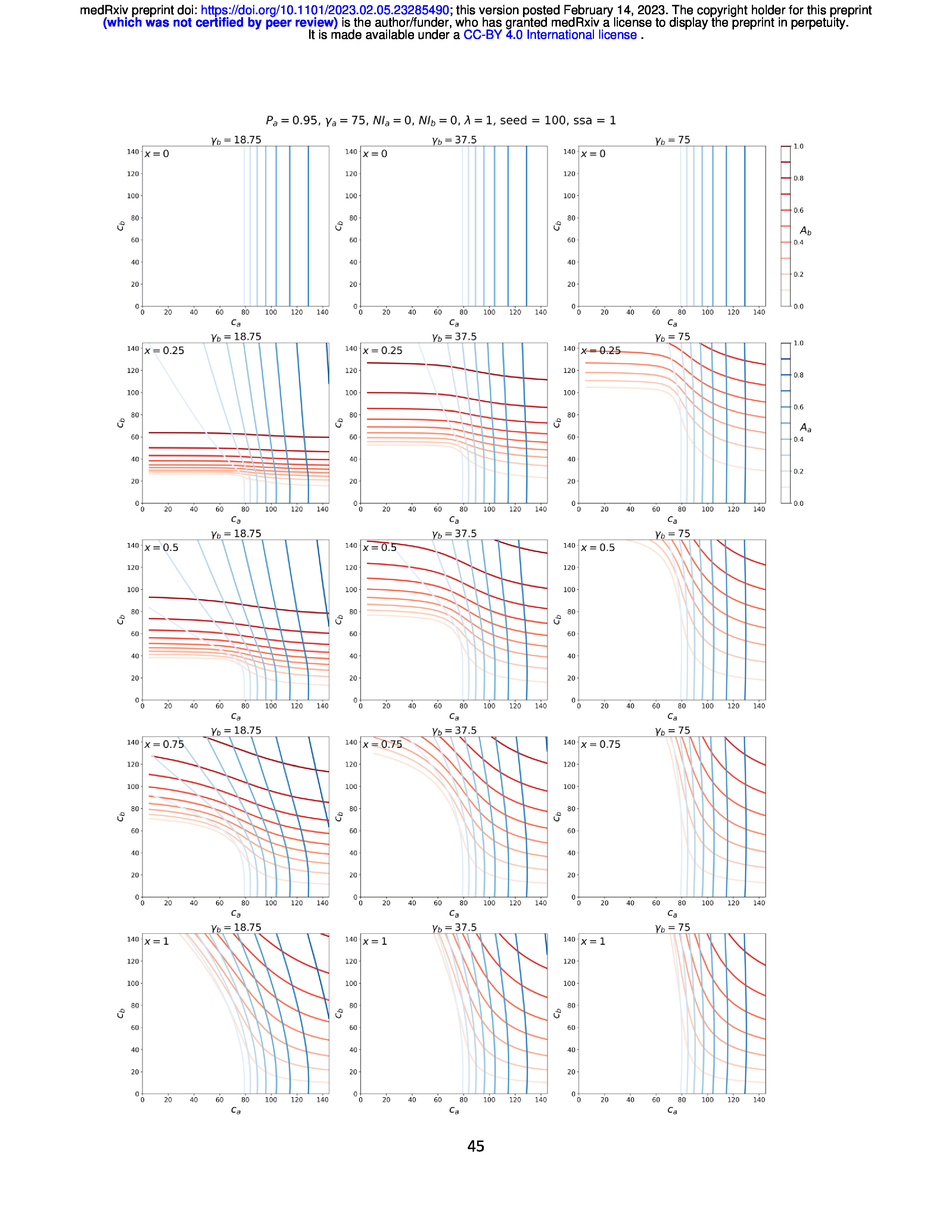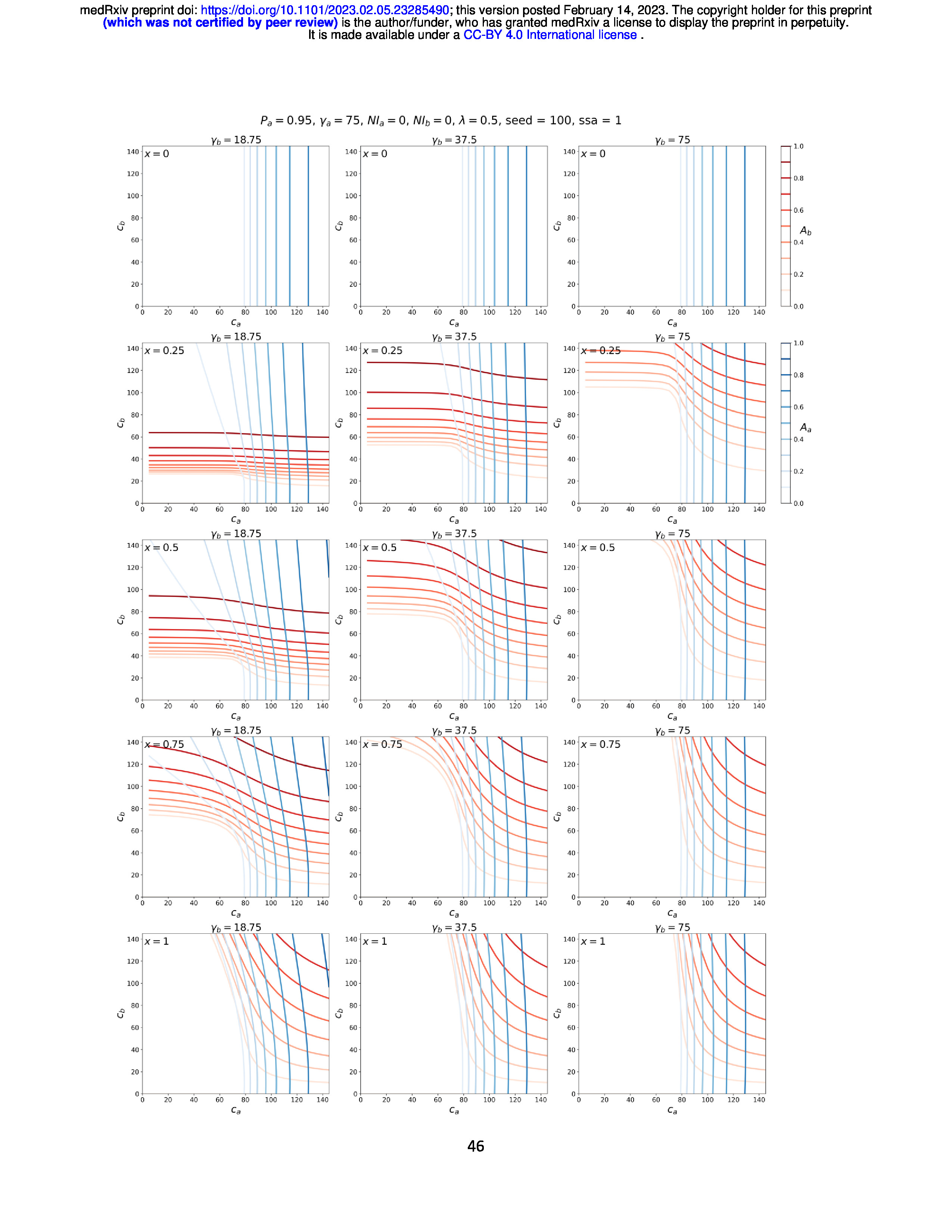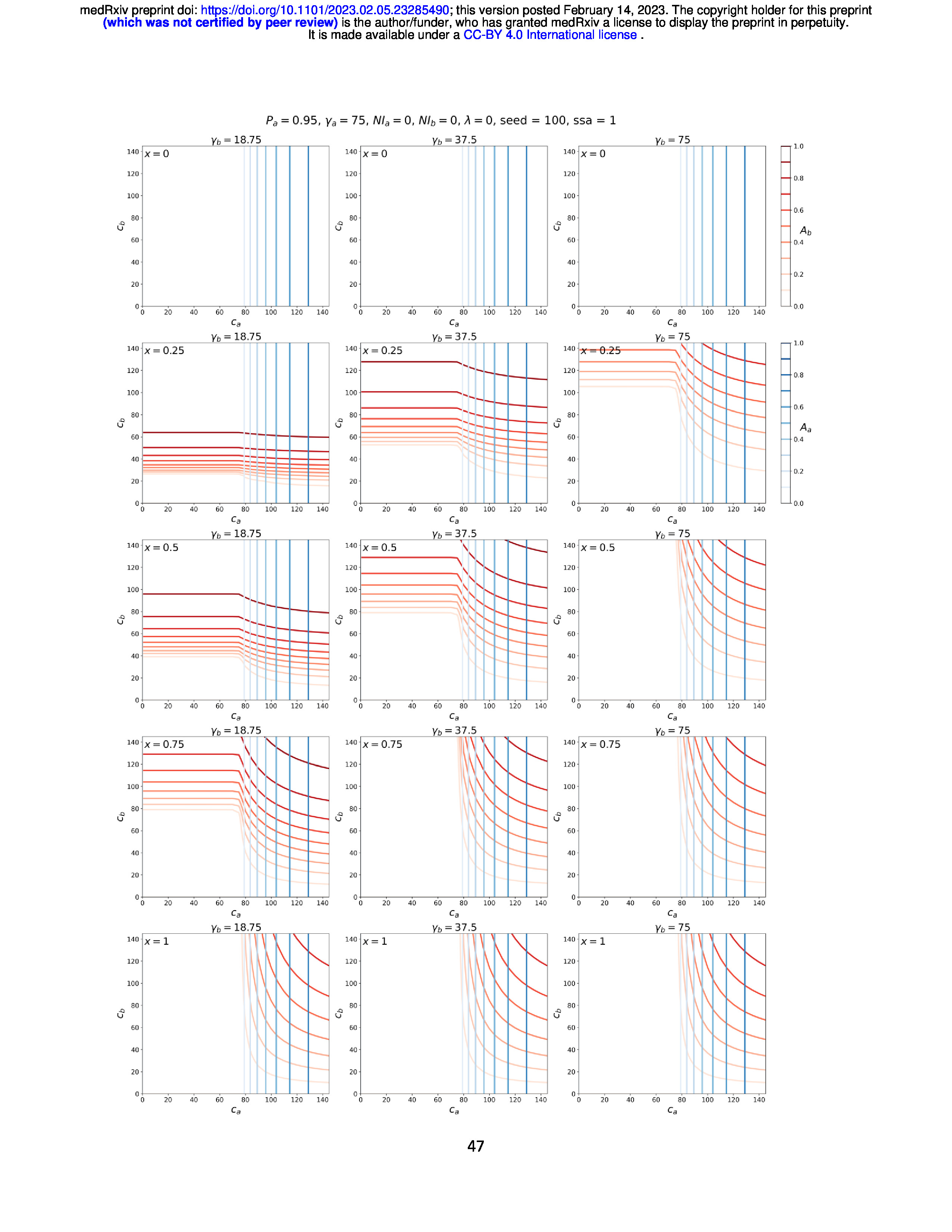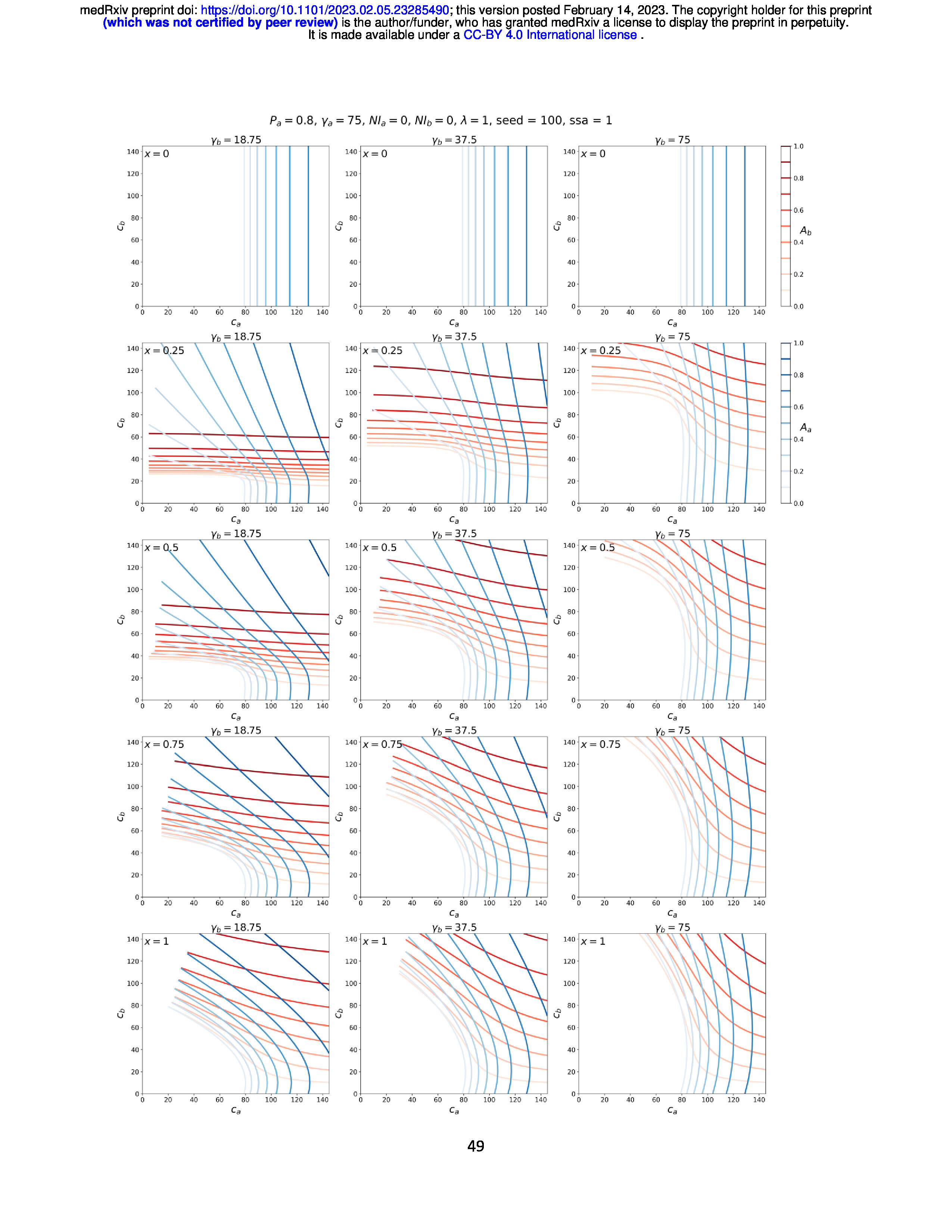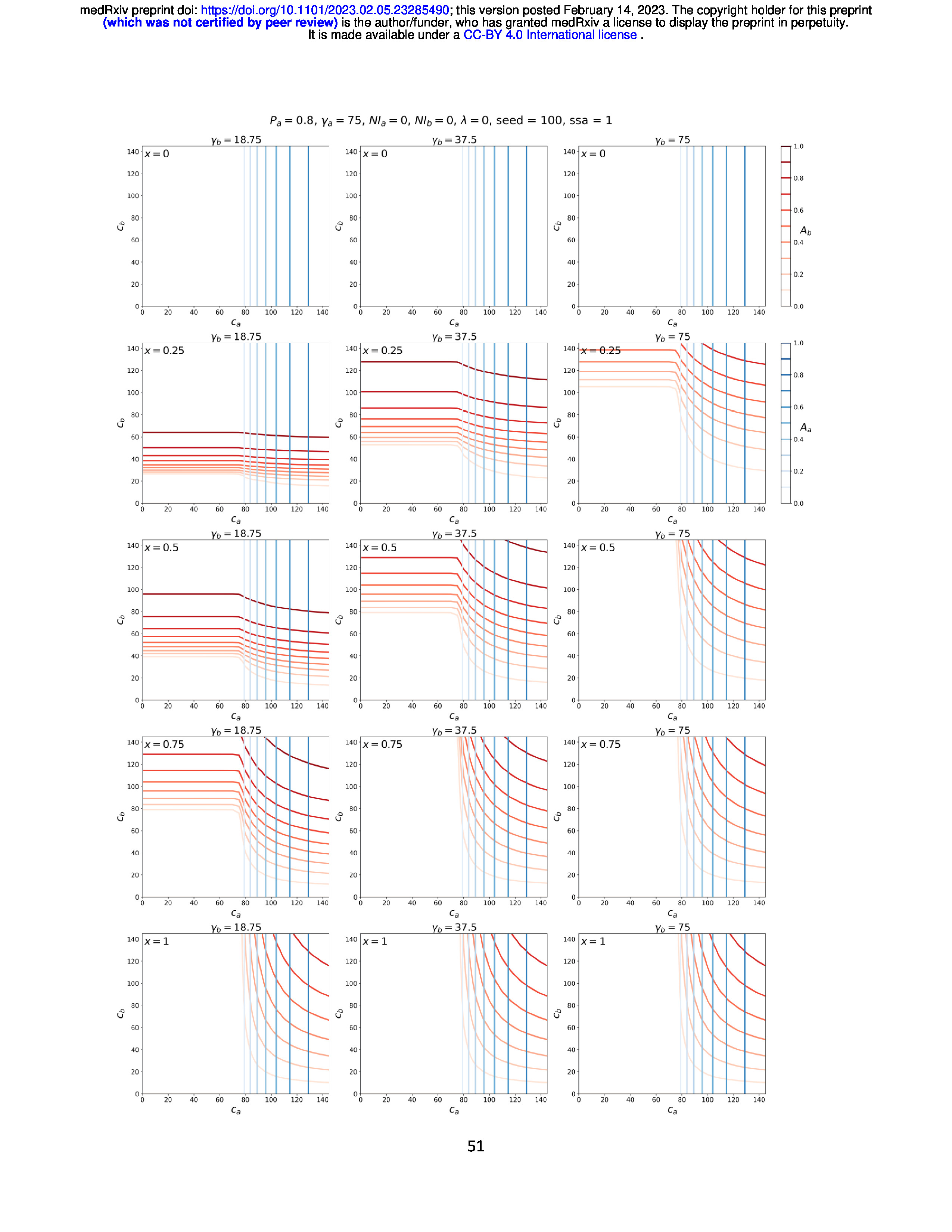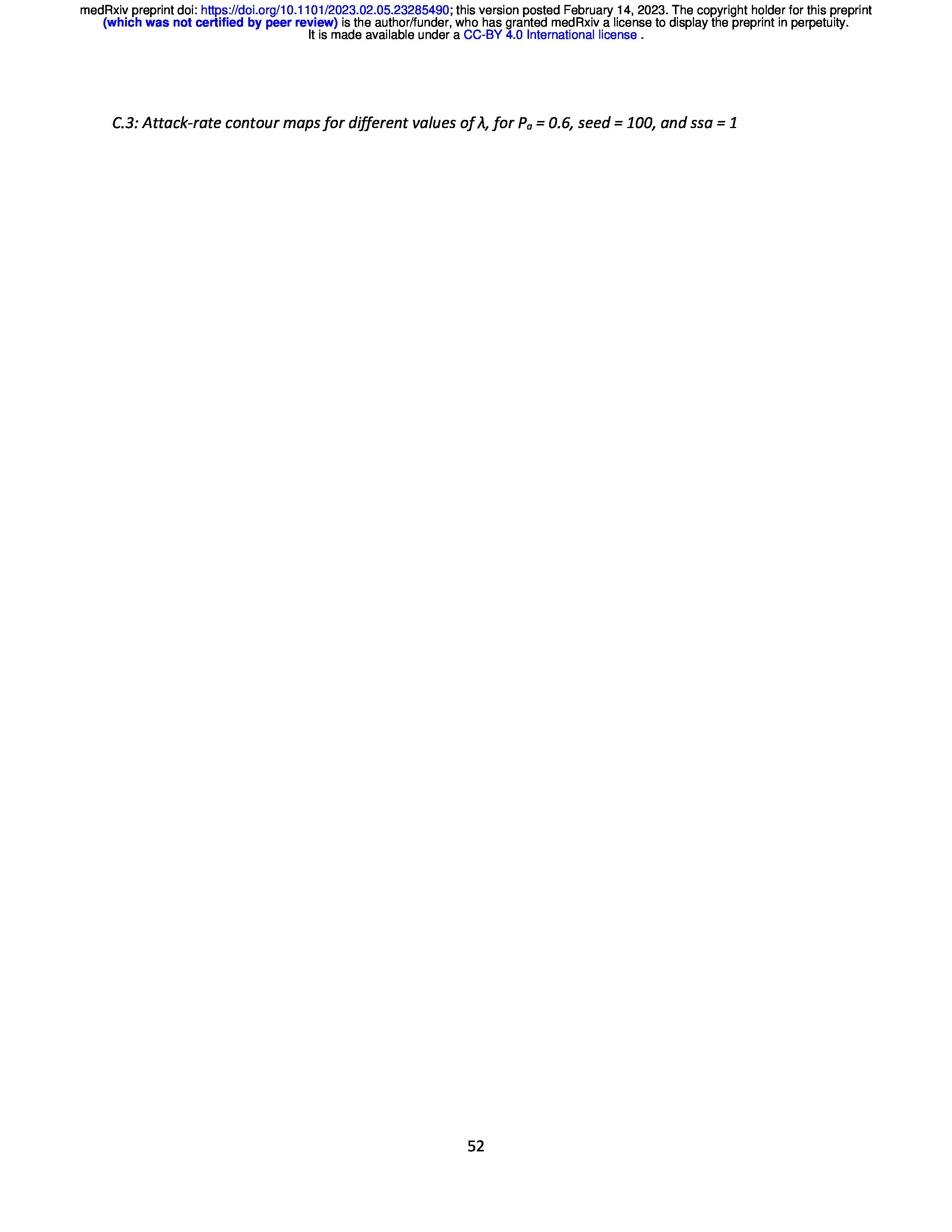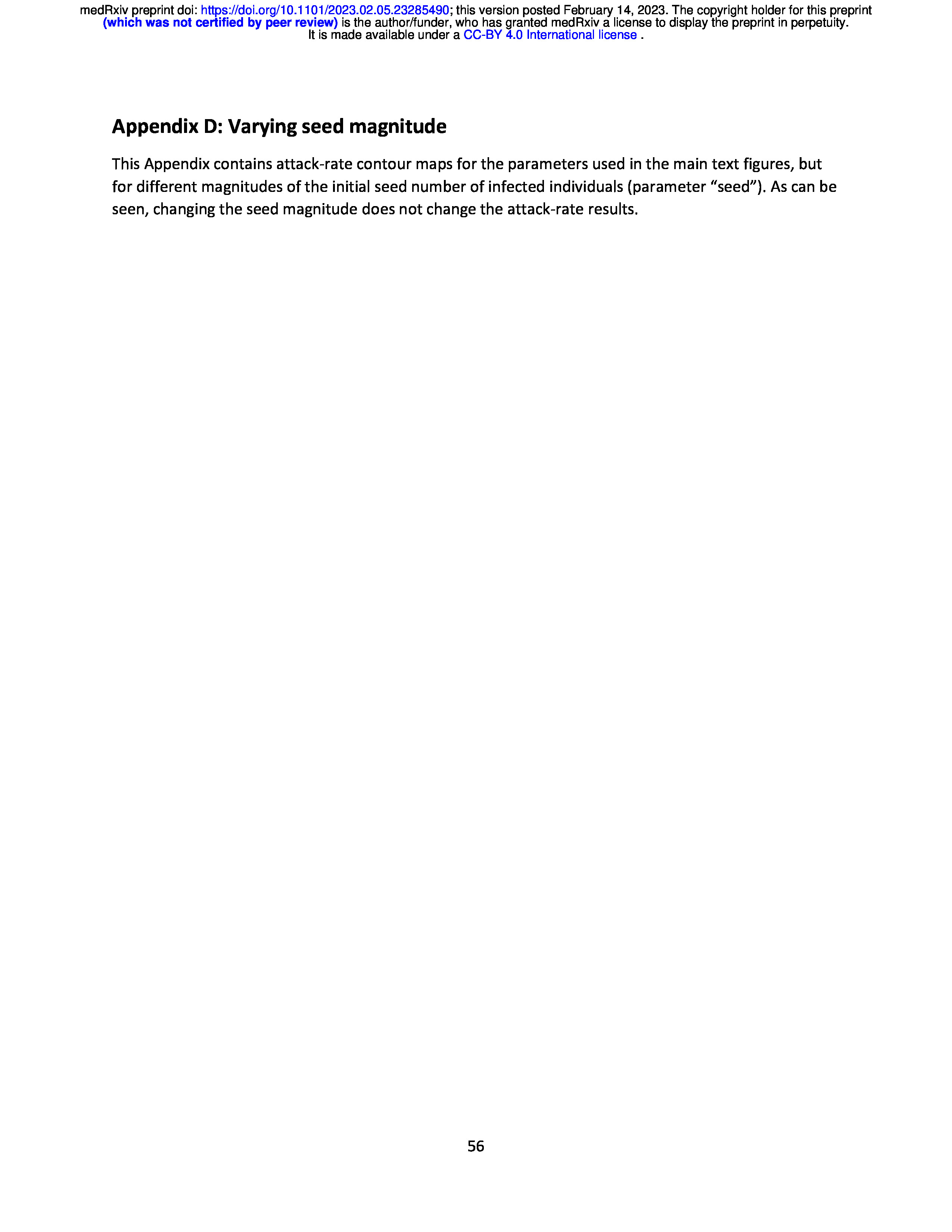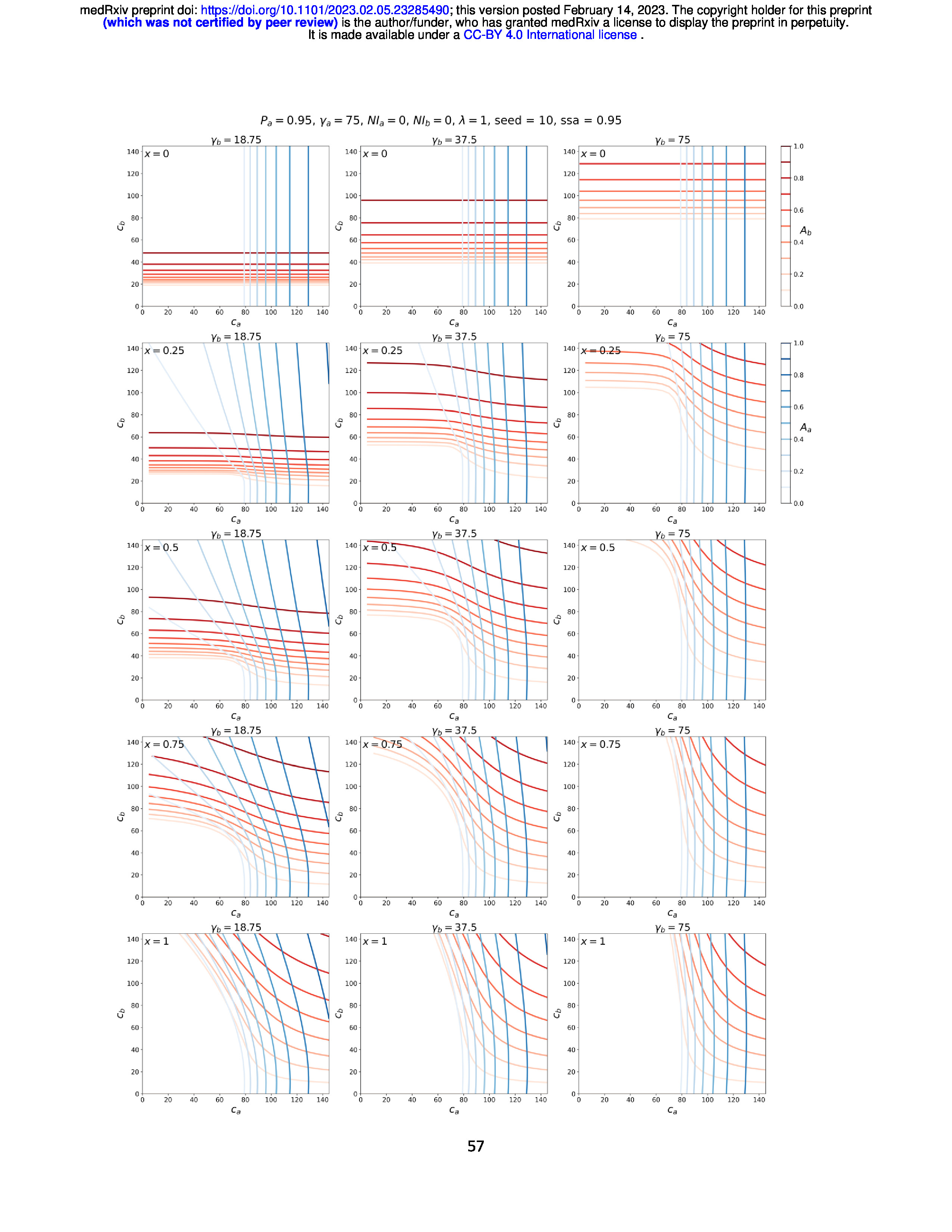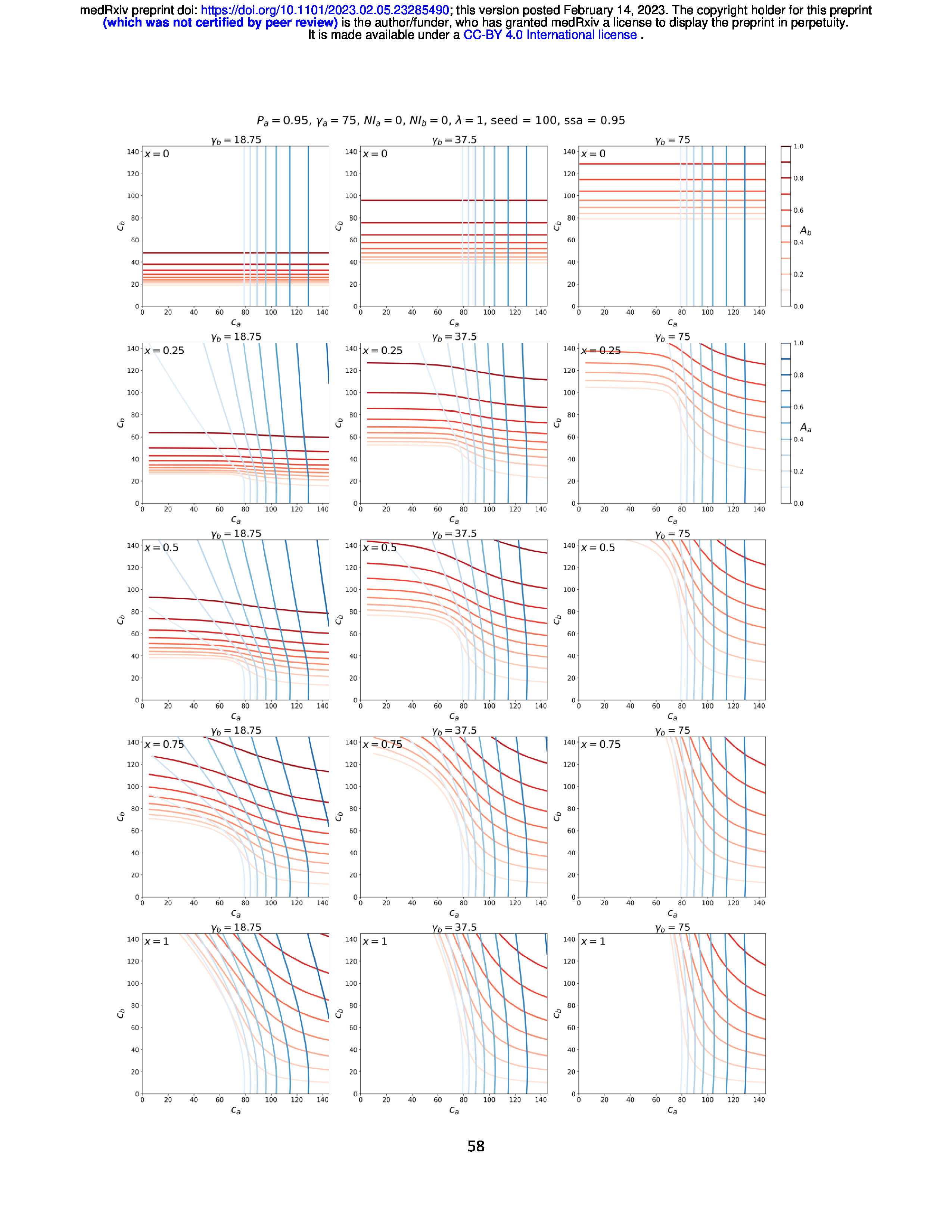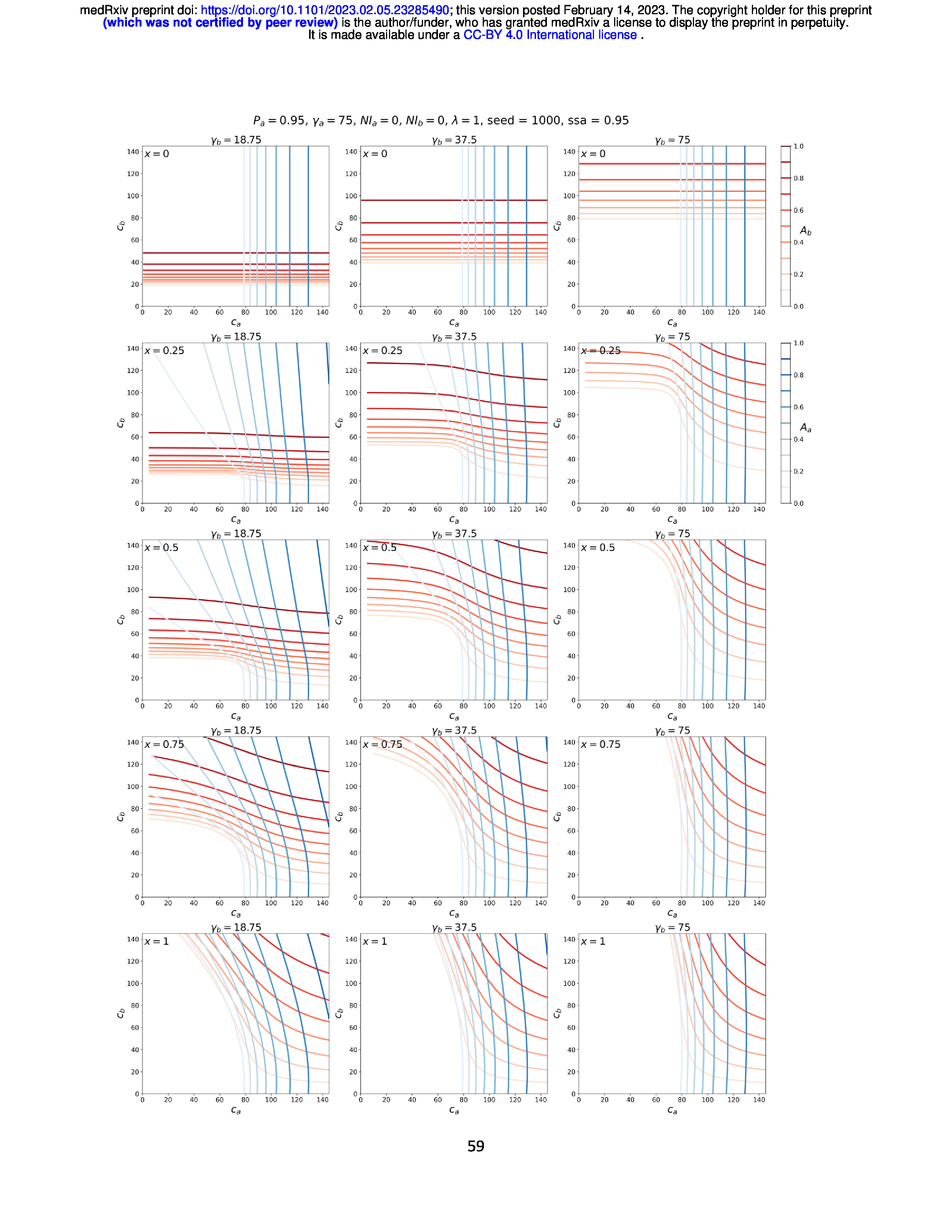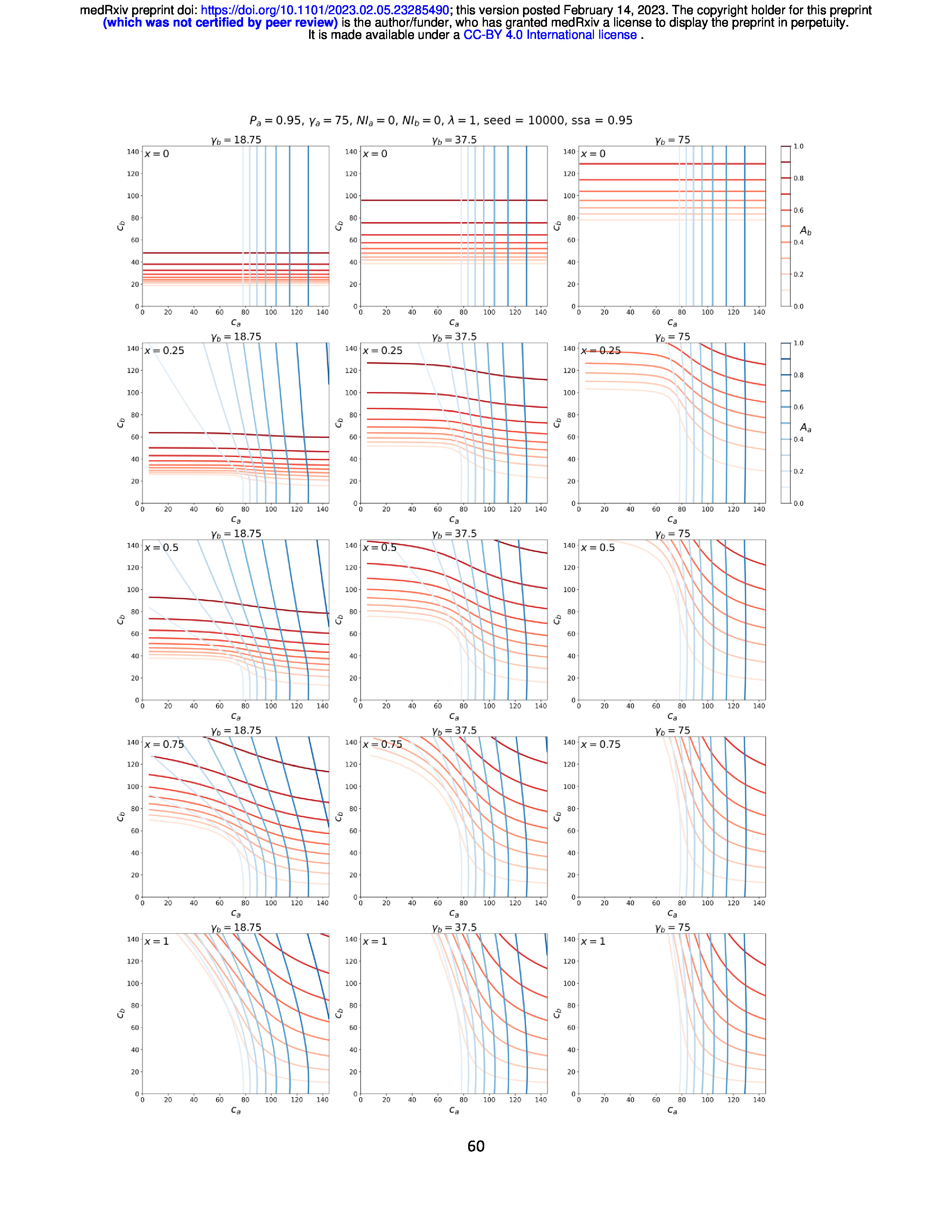
By Joseph Hickey, PhD, and Denis G. Rancourt, PhD
Abstract
Objectives: Since the declaration of the COVID-19 pandemic, many governments have imposed policies to reduce contacts between people who are presumed to be particularly vulnerable to dying from respiratory illnesses and the rest of the population. These policies typically address vulnerable individuals concentrated in centralized care facilities and entail limiting social contacts with visitors, staff members, and other care home residents. We use a standard epidemiological model to investigate the impact of such circumstances on the predicted infectious disease attack rates, for interacting robust and vulnerable populations.
Design: We implement a general susceptible-infectious-recovered (SIR) compartmental model with two populations: robust and vulnerable. The key model parameters are the per-individual frequencies of within-group (robust-robust and vulnerable-vulnerable) and between-group (robust-vulnerable and vulnerable-robust) infectious-susceptible contacts and the recovery times of individuals in the two groups, which can be significantly longer for vulnerable people.
Results: Across a large range of possible model parameters including degrees of segregation versus intermingling of vulnerable and robust individuals, we find that concentrating the most vulnerable into centralized care facilities virtually always increases the infectious disease attack rate in the vulnerable group, without significant benefit to the resistant group.
Conclusions: Isolated care homes of vulnerable residents are predicted to be the worst possible mixing circumstances for reducing harm in epidemic or pandemic conditions.



